These two classic Winchester cartridges excel in different areas, but when it comes to .300 Win. Mag. vs. .308, which will serve you best?
Is there a reason to get a .300 Winchester Magnum instead of a .308? While it's more powerful and has longer legs, it also kicks more, costs more, and doesn’t have as many semi-auto firearms chambered for it.
On paper, the magnum has plenty of advantages, but the question is whether those advantages will outweigh its disadvantages for your particular shooting needs.
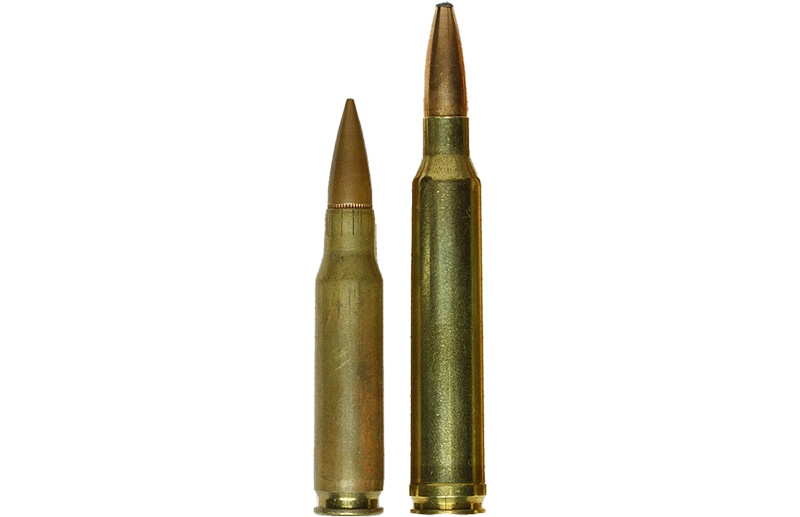
.300 Winchester Magnum: History, Development And Use
The .300 Winchester Magnum was developed in the early 1960s as part of the Magnum craze in hunting rifles and cartridges. Since projectile technology back then wasn’t what it is today, putting more powder behind a crappy bullet produced better results.
Early .30-caliber magnums emerged in the first part of the 20th century (such as .30 Newton in 1913 and .300 H&H Magnum in 1925) so the idea wasn't new. However, what Winchester wanted to create was a medium-bore magnum that fit in a standard-length action to compete with the .300 Weatherby Magnum.
The recipe was trimming back and necking down a .375 H&H Magnum case to seat a .308-caliber bullet. Winchester released the cartridge in 1963 to modest fanfare as a new magnum cartridge for the Model 70 rifle.
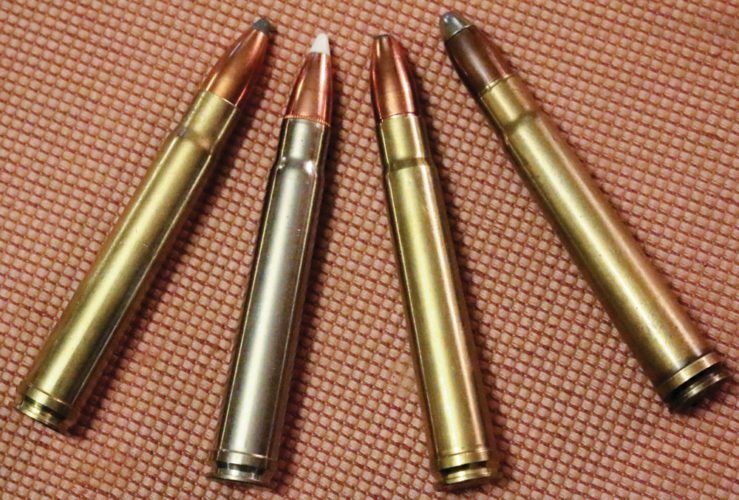
However, Winchester’s top brass infamously decided to change the Model 70 two years later and suffered for their hubris. It also had a slow start thanks to the 7mm Remington Magnum.
The .300 Win. Mag. took some time to catch on, but it won over big game hunters (on multiple continents) for being highly accurate, excellent for long-range applications, deadly effective on game of nearly any size (everything short of the African Big Five) and for being tolerable in terms of recoil.
Eventually, long-range competition shooters noticed its excellent performance in 1,000-yard matches as well. Many of the world's military and police forces did too, and some adopted it as a medium- to long-range sniper cartridge. It's considered to be combat effective to 1,400 yards depending on load and conditions.
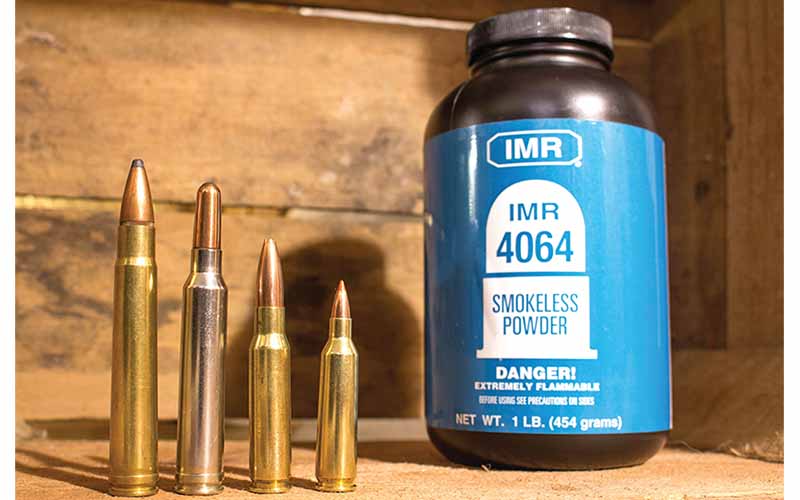
.30-06's Little Brother: .308 Winchester
The origin of .308 Winchester is that the US military was trying to replicate the M2 ball load of God's Cartridge, aka .30-06 Springfield (a 150-grain projectile with a minimum muzzle velocity of 2,700 fps). The trick of it was that they also wanted it all to fit inside a shorter case, an idea inspired by the .300 Savage. Work on the experimental new cartridge eventually succeeded when they developed a load that could send a 147-grain bullet at 2,800 fps at the muzzle. Shortly after in 1952, Winchester dubbed it as .308 Winchester and released it on the commercial market. Two years later, essentially the same cartridge (with a few minor changes) was adopted by the North Atlantic Treaty Organization as 7.62x51mm NATO.
Wasting no time to capitalize on the new round, Winchester released the new short-action Model 70 rifle to go with it at about the same time.
The civilian .308 Winchester has slightly more powder, velocity and pressure, which is why it's advised not to fire these loads through military rifles that are specifically chambered for 7.62mm NATO.
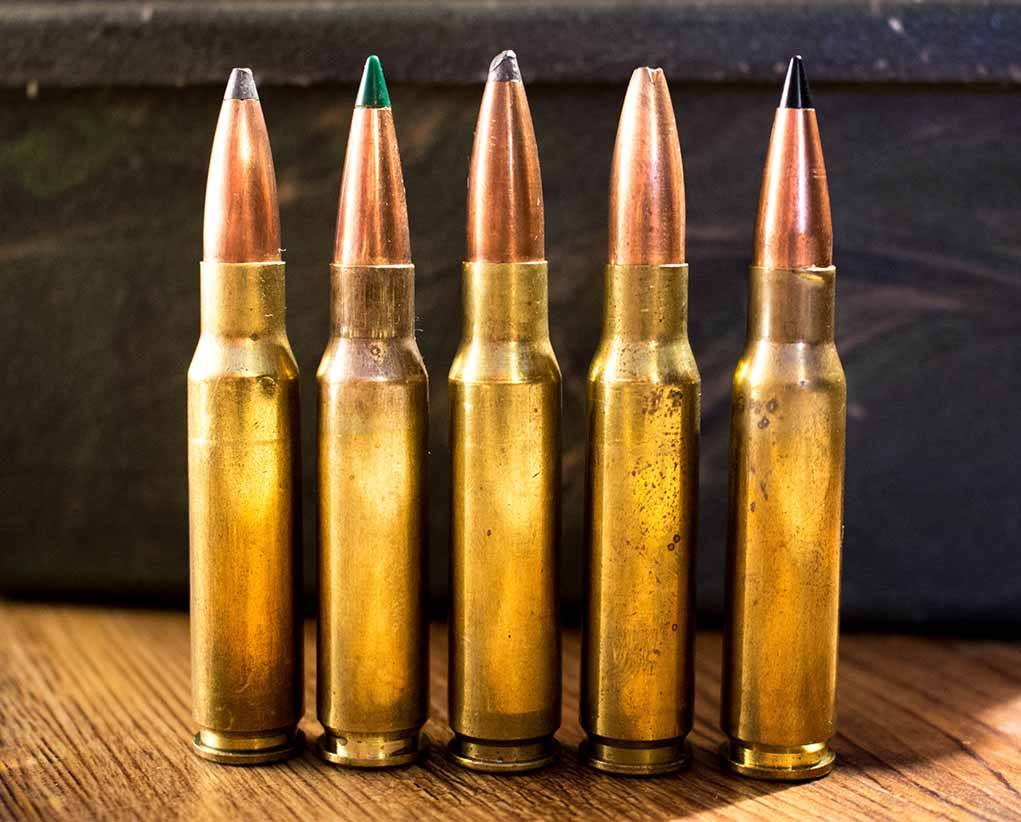
It didn’t take long for .308 Winchester to become known as a very accurate cartridge that was effective to 1,000 yards with a proficient shooter, and one that could take most species save for the great bears and some other large, dangerous game.
With that all said, how does its performance stack up against .300 Winchester Magnum?
.300 Win. Mag. Vs. .308 Ballistics
Bear in mind that on-paper figures may not match your real-world results, and there are many loads of both cartridges, so these tables should be taken as illustrative rather than gospel.
All 500-yard trajectory tables were made using ShootersCalculator and were calculated presuming a 100-yard zero, a 1.5-inch sight height, a 10 mph 90-degree crosswind and no corrections for atmosphere.
The .308 Winchester bullet used for calculations was a typical 150-grain FMJ with a G1 BC of .398 and a muzzle velocity of 2,800 fps:
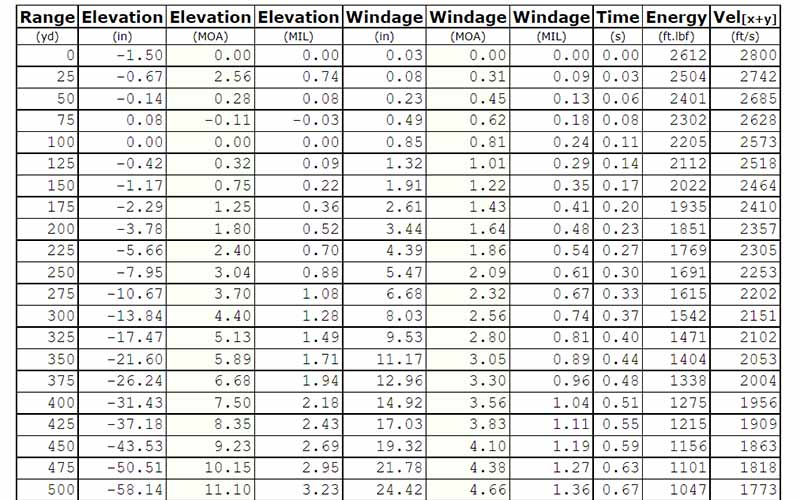
The .300 Win. Mag. bullet used for this table was a typical 180-grain boat tail round with a G1 BC of .453 and a muzzle velocity of 2,950 fps:

As you can see, the additional velocity gives the classic .300 Win. Mag. load less drop over distance compared to .308 Winchester, and it doesn't get pushed around as much by the wind.
However, modern high-BC bullets can make a drastic difference, especially when it comes to long-range performance.
This is .300 Win. Mag. with the 190-grain Nosler AccuBond Long Range load, with a G1 BC of 0.64 and a muzzle velocity of 2,870 fps:
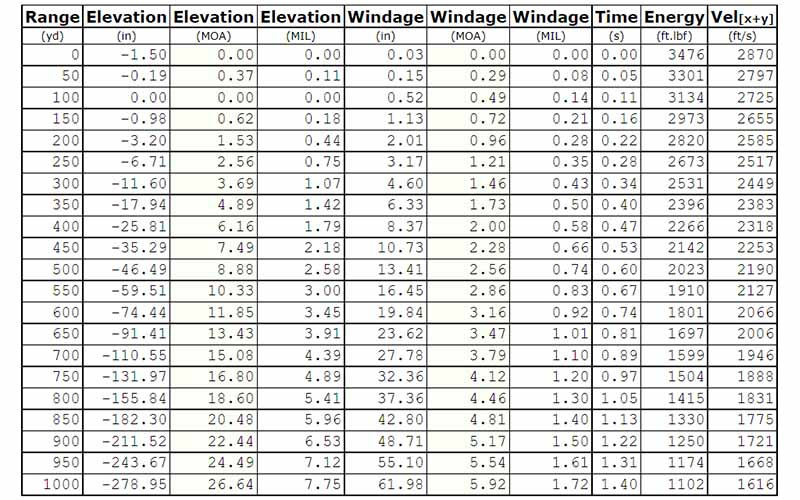
The bullet doesn't go transonic until 1,625 yards and maintains the 1,000-foot-pound minimum that some states have for big game cartridges until almost 1,100 yards. At 1,400 yards, it still has more energy than a .357 Magnum at the muzzle.
However, .308 Winchester with the right load is no slouch. Here's a 1,000-yard table for Hornady 168-grain ELD Match, which has a G1 BC .53 and a muzzle velocity of 2,700 fps:
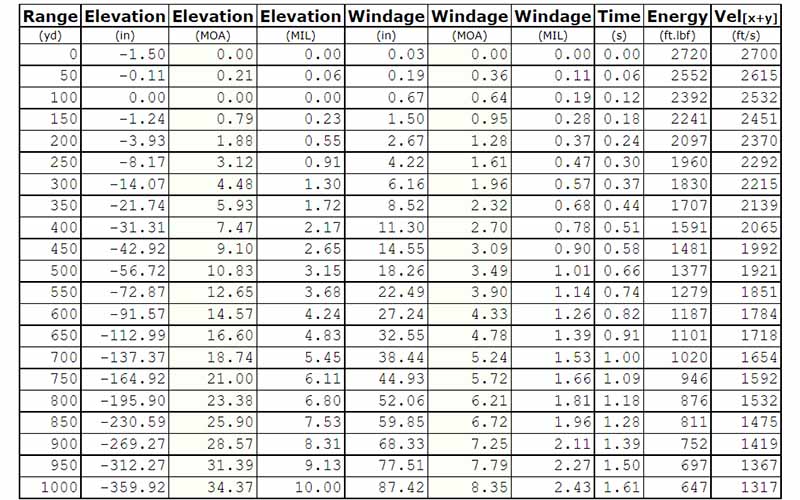
This .308 Winchester load goes transonic at just past 1,200 yards, and still has more energy at 1,000 yards than a .357 Magnum does at the muzzle. However, compared to the high-BC .300 Win. Mag. load, it still loses more velocity, more elevation and is more susceptible to the wind.
While .300 Win. Mag. still takes the lead in long-range performance that should rarely be the only consideration when selecting a cartridge. One should also keep in mind cost, recoil, weight and rifle selection.
An average 8.5-pound .300 Win. Mag rifle firing typical 190-grain ammo will produce 25.9 foot-pounds of recoil energy, and according to AmmoSeek, the least expensive ammo available online at the time of writing is about $1.30 per round.
Compare this to an average 8-pound .308 Winchester rifle firing 165-grain ammunition which produces only 17.5 foot-pounds of recoil energy. As for cost, the cheapest .308 available online is about 60 cents per round. Even when comparing the least expensive loads of each caliber from the same manufacturer such as Hornady, .300 Win. Mag. costs about 80 cents per round more.
These details make .300 Win. Mag. much more painful to shoot than .308, both on the shoulder and on the wallet.
With all that in mind, what you're hopefully gathering is that both are completely capable of putting down most game at reasonable ranges. It's you that's the question mark. In a match rifle, both are capable of putting hits on targets at 1,000 yards. It's whether or not you are capable of pulling it off. Snipers are said to be capable of effective hits out to 1,500 meters with the Win. Mag., but only to about 1,000 meters with .308. Both are used in Palma and F-Class matches.
There's no question that .300 Win. Mag. is better for shooting things at much longer distances, but the real question is whether that will benefit you in the real world. For most people…probably not.
.300 Win. Mag. Vs. .308 Winchester
What .308 brings to the table is less recoil, less cost, inarguable efficacy at killing game at reasonable distances, inarguable efficacy at disposing of hostile personnel at reasonable ranges and a staggering selection of rifles to boot.
The drawbacks are that the heavier-for-caliber/highest-BC bullets aren't offered for .308; there's just not enough case to seat the bullet and have enough room for propellant.
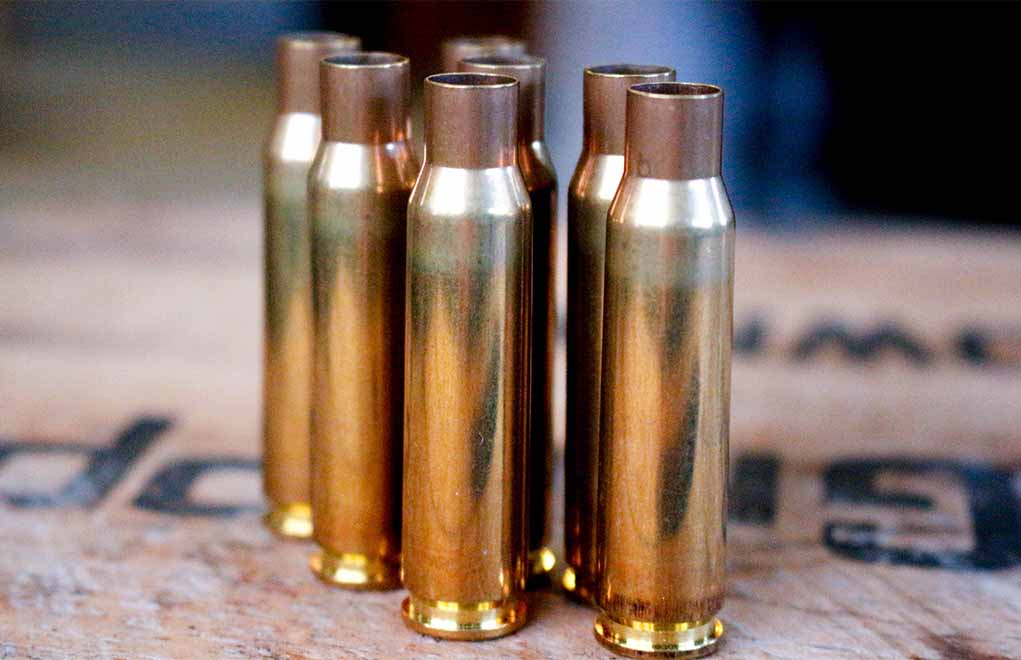
The semi-auto rifles, however awesome, can introduce some other problems. The SCAR consumes optics like a Jeep consumes man hours at shop rates. The FAL is not as accurate as many would like, the standard G3 is an ergonomic nightmare (the HK slap is cool but running that charging handle SUCKS) and M14/M1A rifles can lose their zero sitting in a climate-controlled vacuum in an underground bunker in an area that has never had an earthquake. While these are not the best options for achieving maximum accuracy, .308 Winchester at least has a plethora of semi-autos chambered for it.
The .300 Win. Mag. gives you higher velocity, far more muzzle energy, and the arguable perfect middle ground for getting the best of modern, high-BC projectiles. But it kicks—23 to 27 foot-pounds of recoil depending on the load and rifle—essentially existing at the edge of what most shooters can tolerate.
Besides recoil, the downsides of Win. Mag. are its cost and the available rifles. If you want to get into this cartridge, hopefully, you’re okay with bolt-actions, because that's pretty much all there is. The only semi-auto rifles for this cartridge are the Browning BAR and some very expensive AR-10s.

.300 Win. Mag. rifles also tend to be heavy, typically over 8.5 pounds. Hauling one around can get old quickly, and any attempts to lighten the setup will only result in a bruised shoulder without the assistance of a muzzle brake.
Is .300 Win. Mag. Still Worth It?
There's no question .300 Win. Mag. is a great cartridge. It has and does put game on the table from Texas to Denali to the Transvaal. It has put some very evil men in the grave. It has rung steel and poked paper at long ranges all over the world. It will do its job if you do yours.
But so will .308, which begs the question of whether .300 Win. Mag. is so good that you can't get any or all of those things from another caliber, much less one that kicks less and/or costs less.
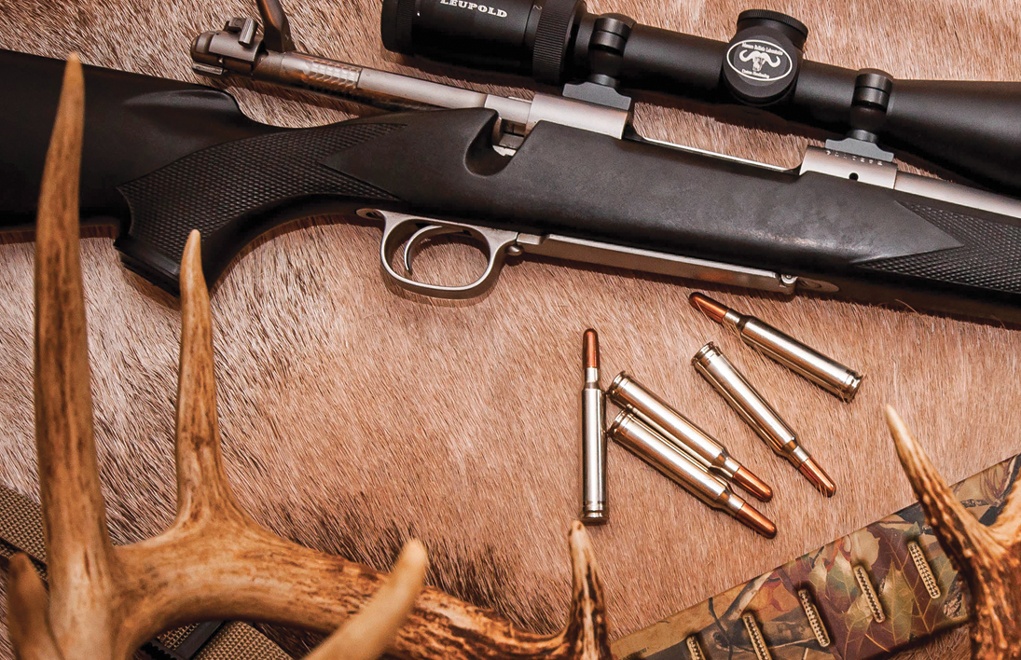
The thing is, you can. .308 is every bit as capable for hunting when used with quality ammunition and good shot placement. You can easily plink at 1,000 yards with it or even shoot in matches.
If you just can't stand the shorter case, modern high-BC loads of .30-06 nip at the Win. Mag.'s heels in every measurable way, all while kicking less and costing less.
.338 Lapua has longer legs, and .338 Win. Mag. will flatten everything short of the African Big Five including the large bruins.
.300 Win. Mag. is an all-time great, to be sure, but is the cost and the pain worth it? In the 1960s, it was for a lot of people. Today, most shooters will probably be better off looking elsewhere.
Raise Your Ammo IQ:
- Beyond The 6.5 Creedmoor: The Other 6.5 Cartridges
- Ammo Brief: The Versatile .243 Winchester
- .22-250 Ammo: Top 7 Loads For Any Purpose
- The Lonesome Story Of The Long-Lost 8mm
- Why The .300 H&H Magnum Still Endures
- .350 Legend Vs .450 Bushmaster: Does One Win Out For Hunting?

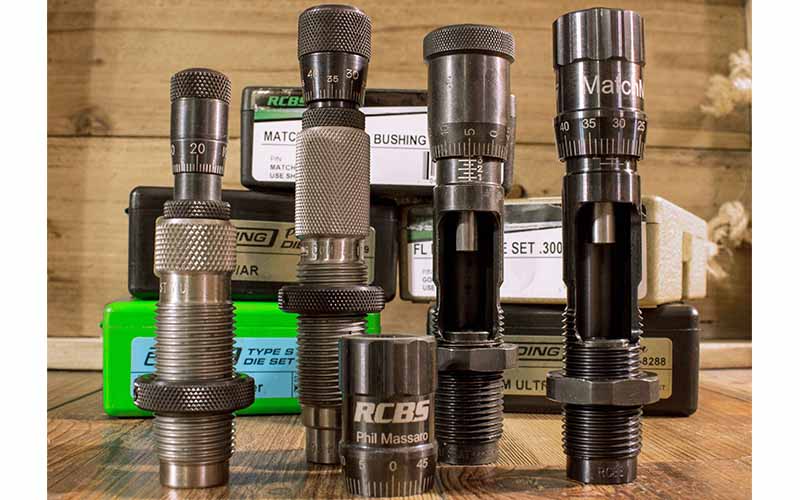
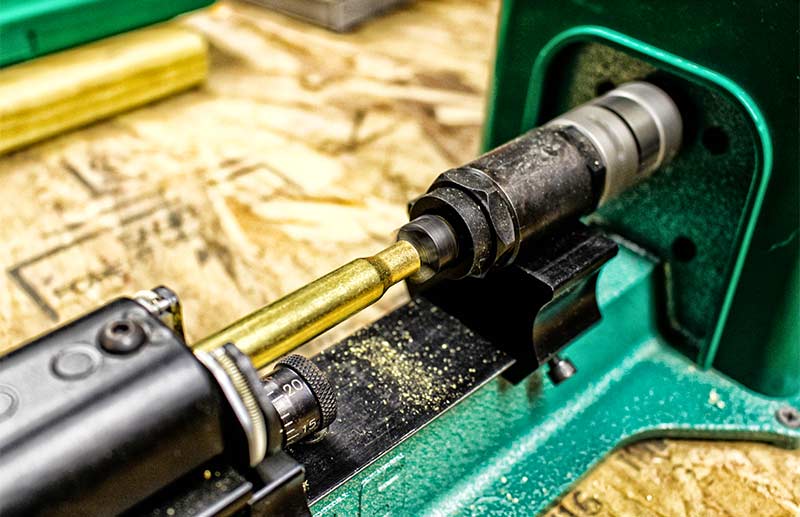
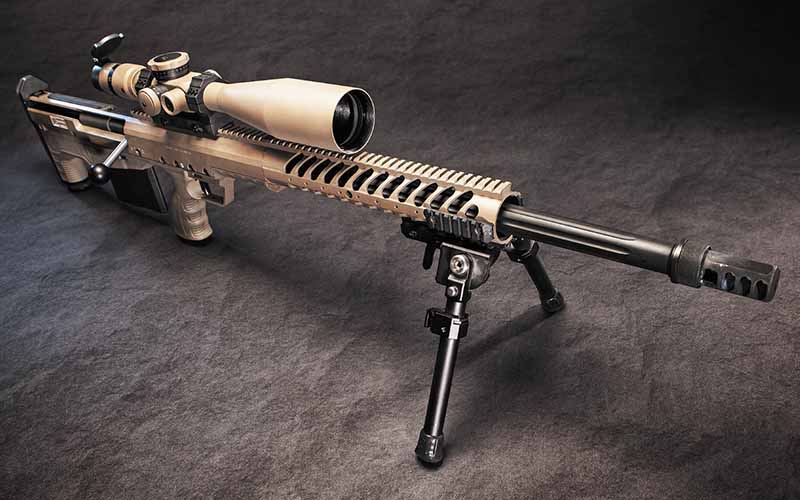
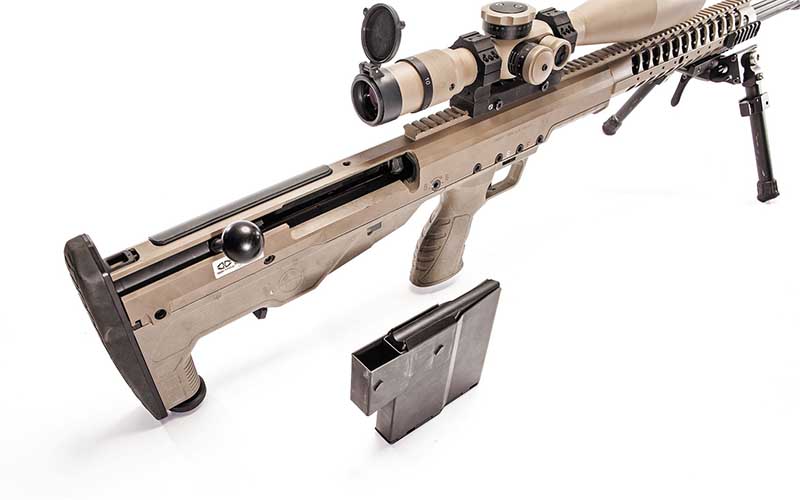
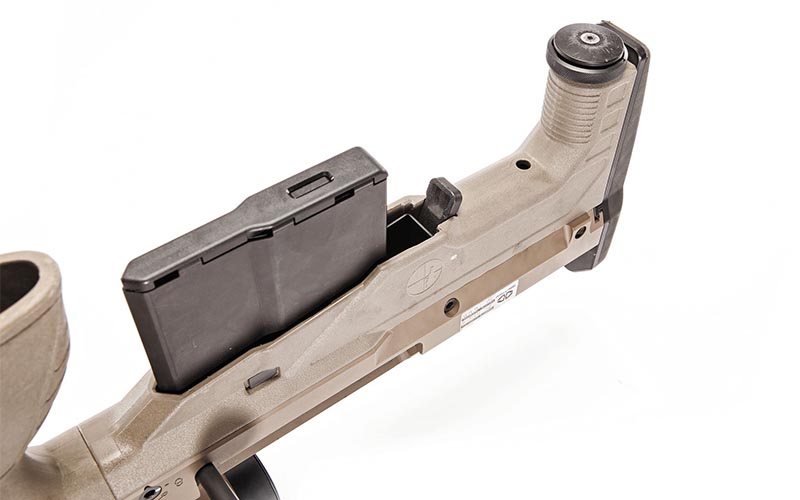

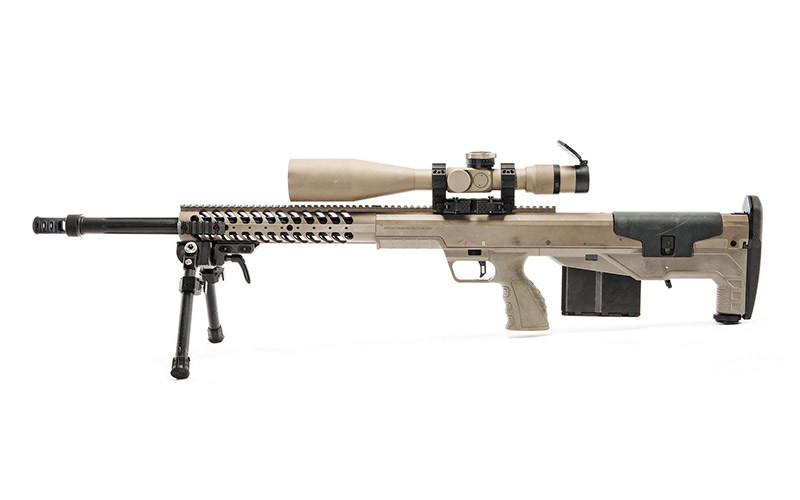
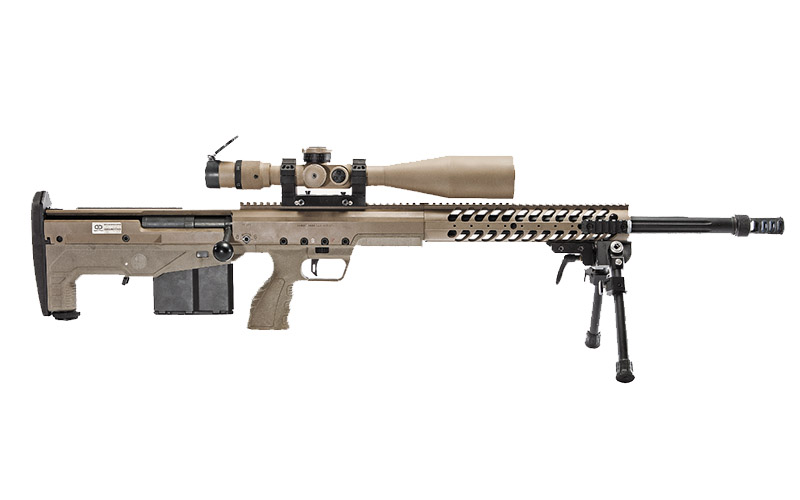
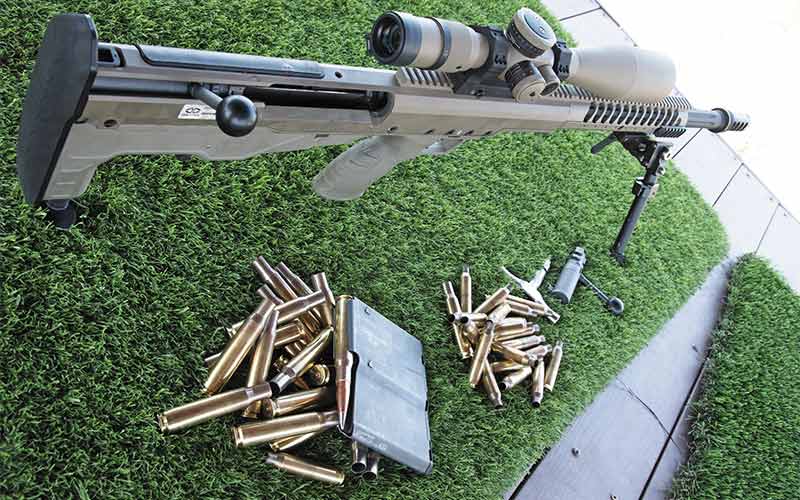
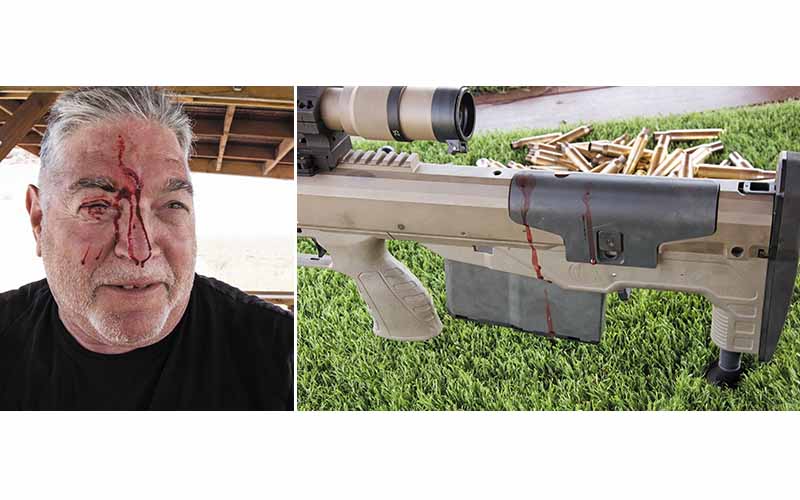
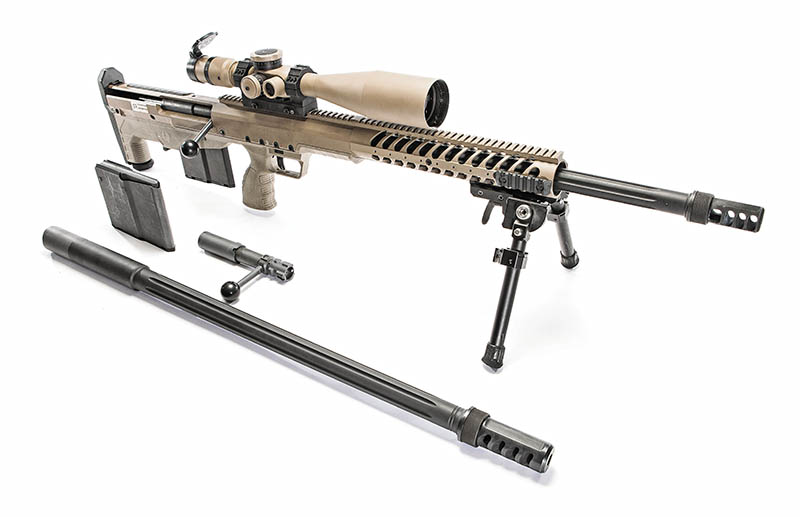
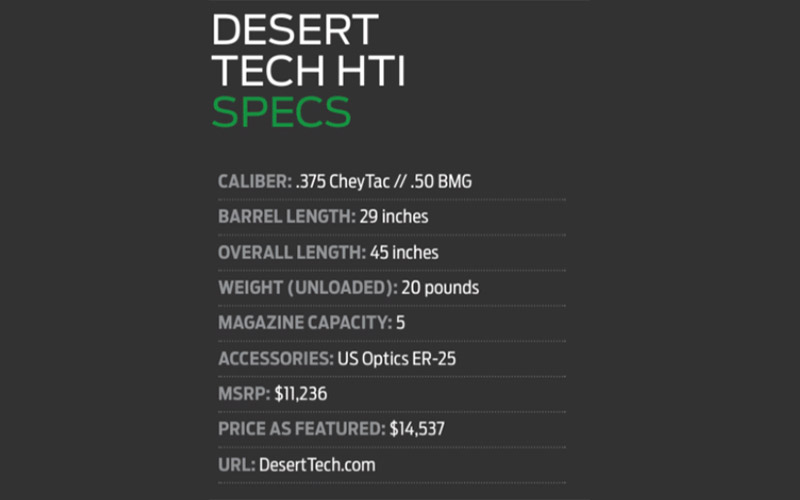
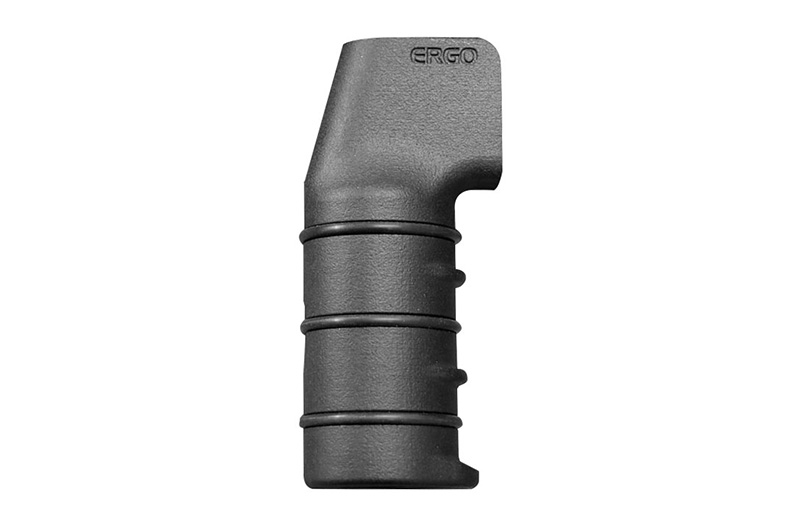
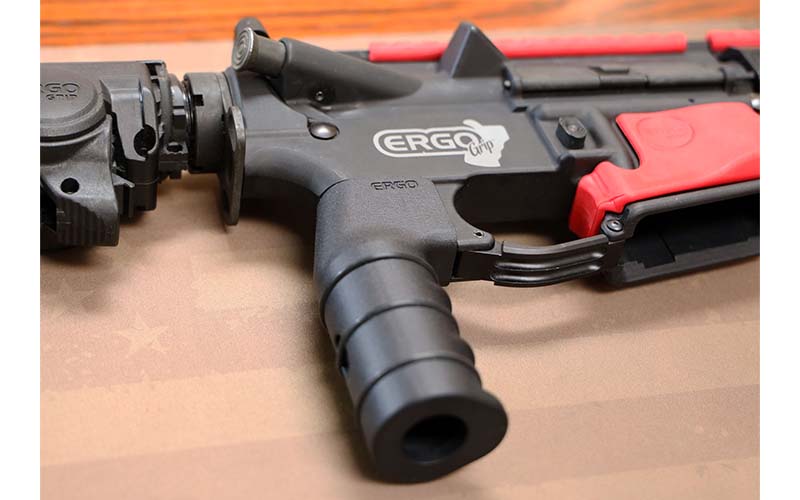
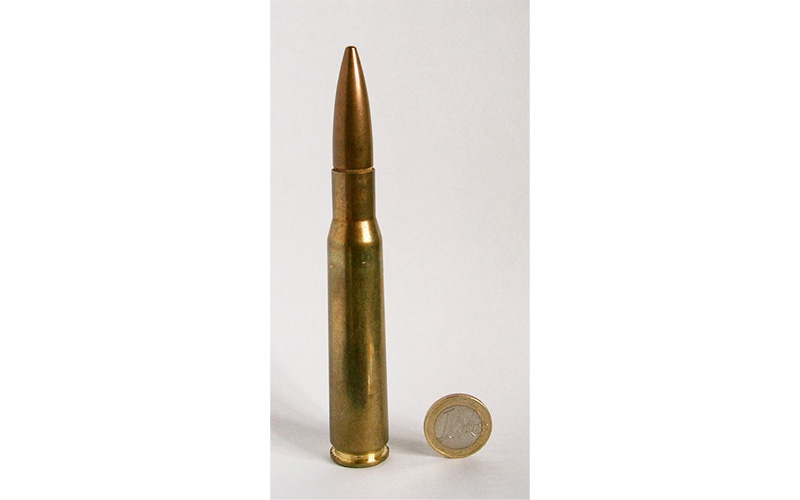

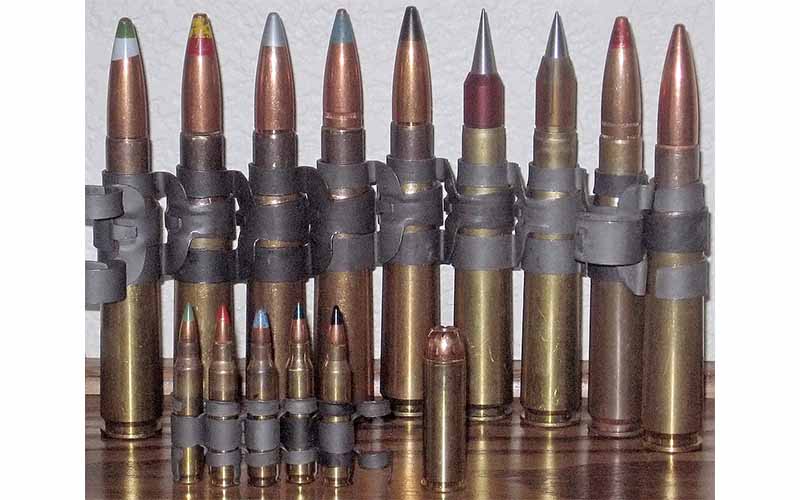
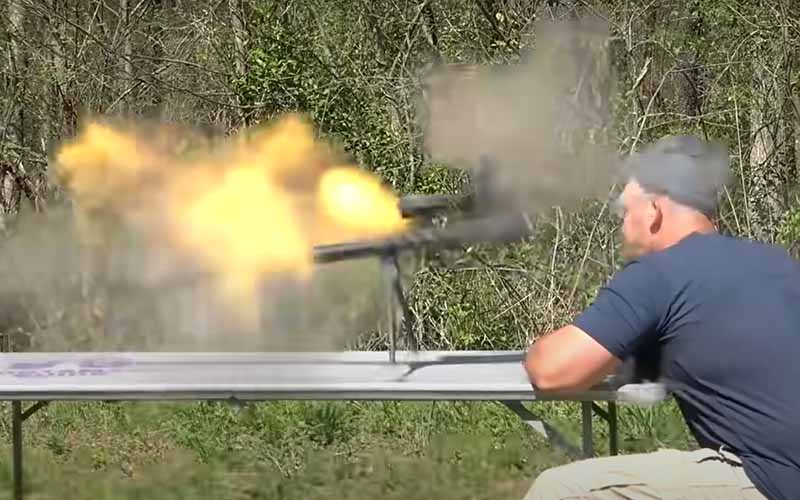
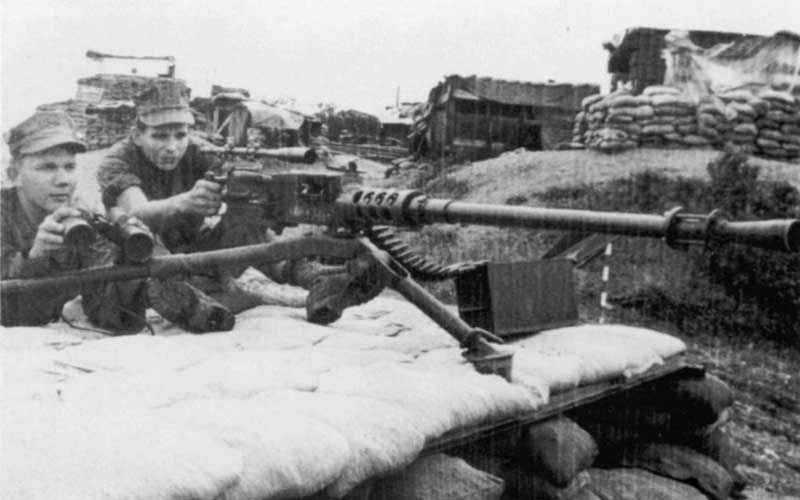


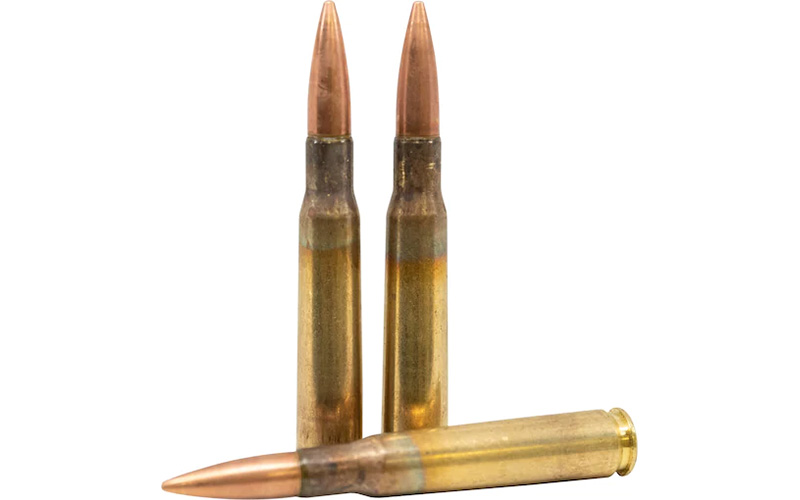
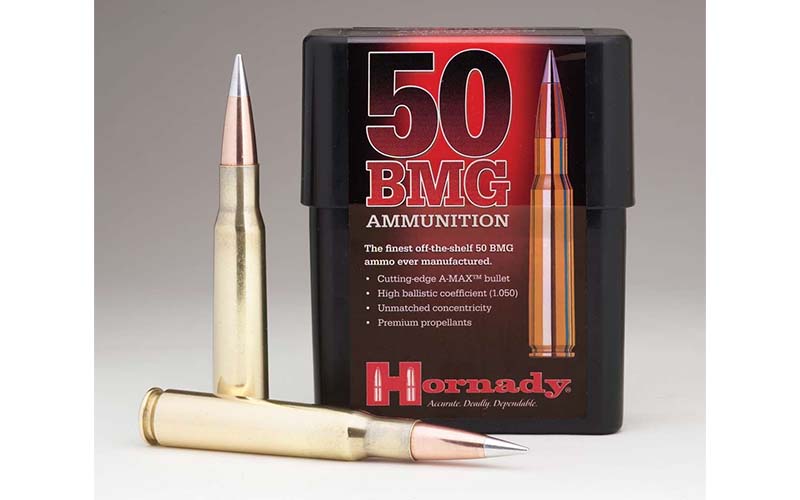
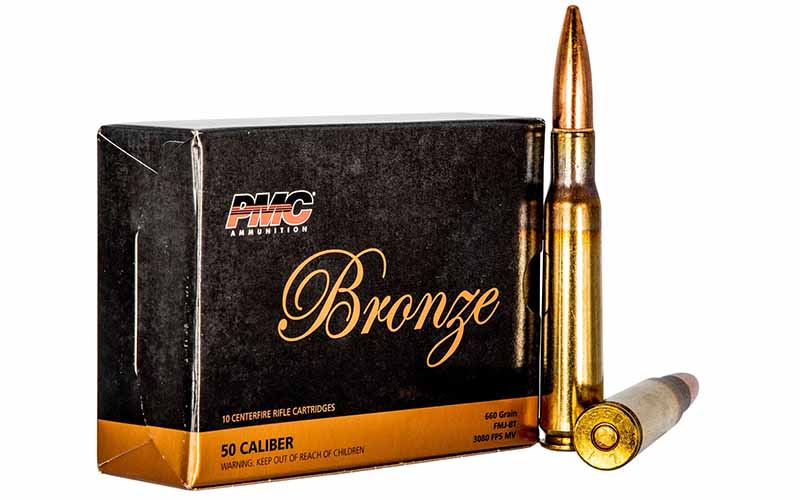
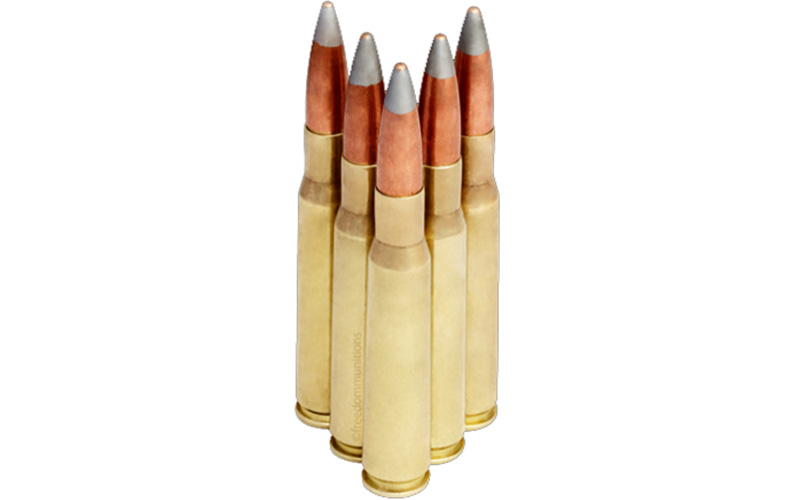
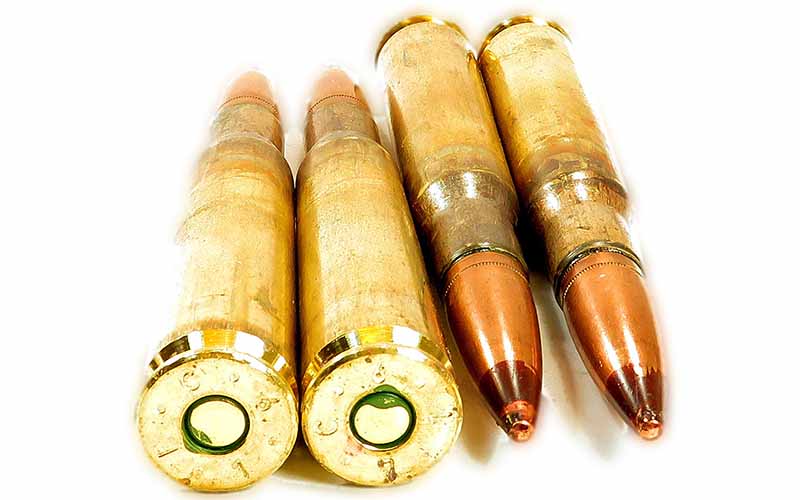
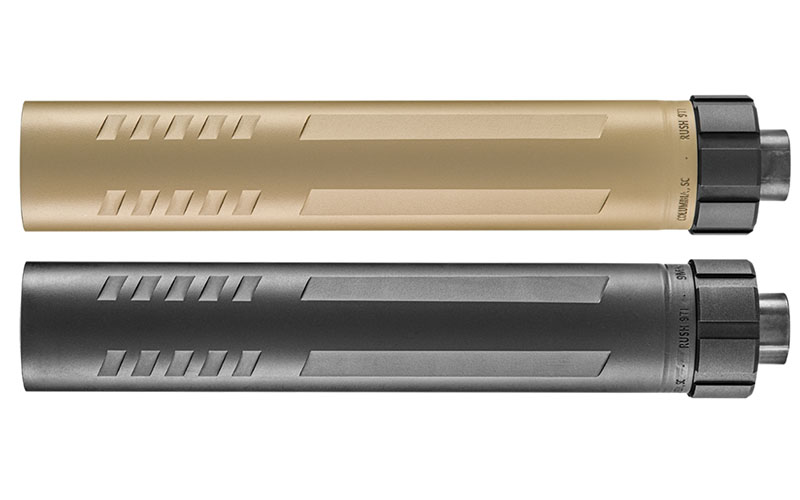
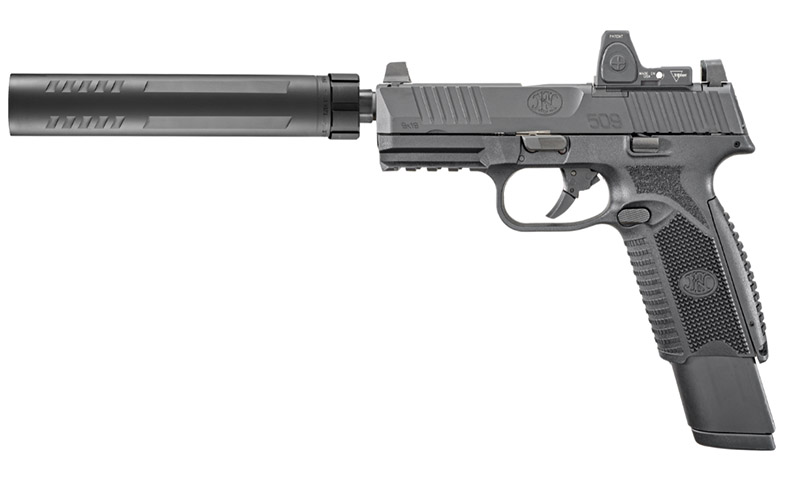


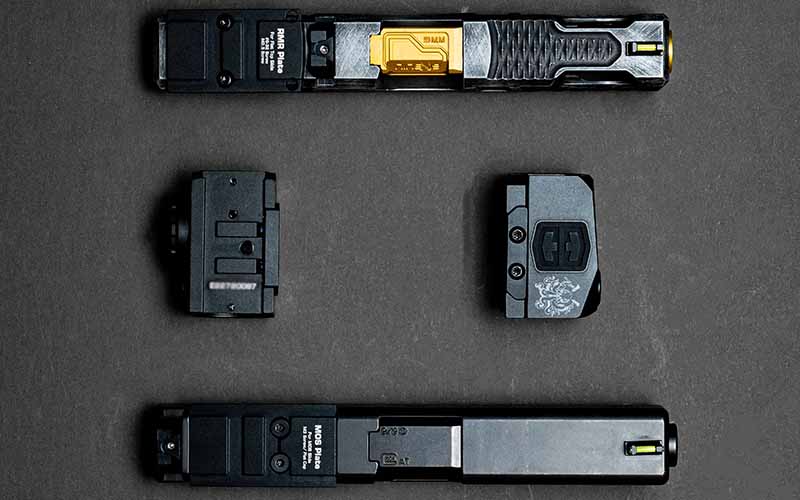
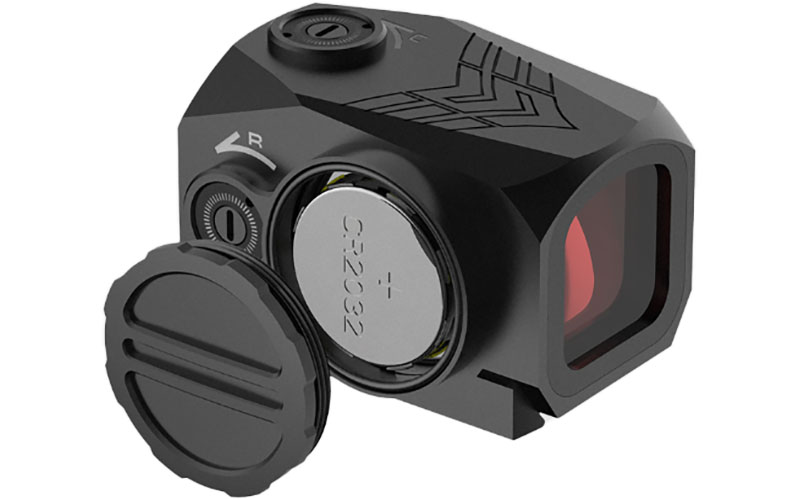

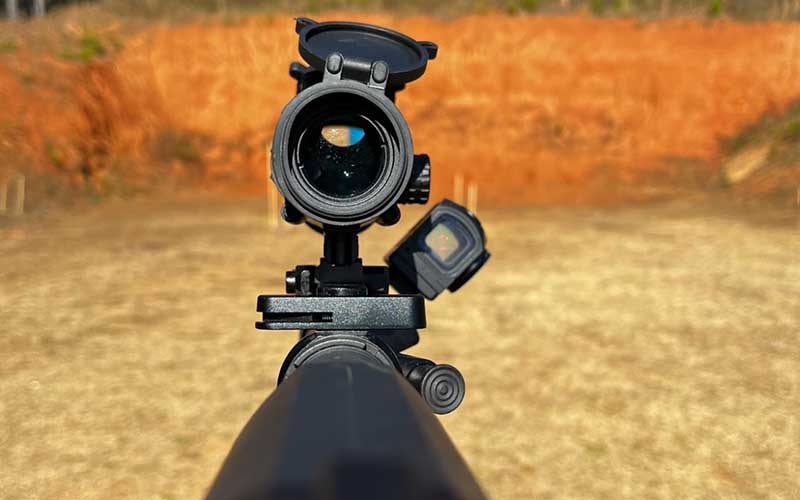
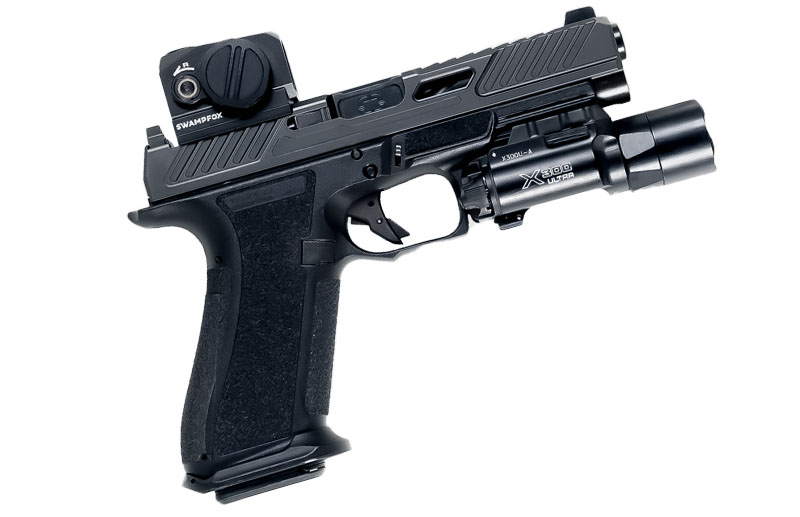
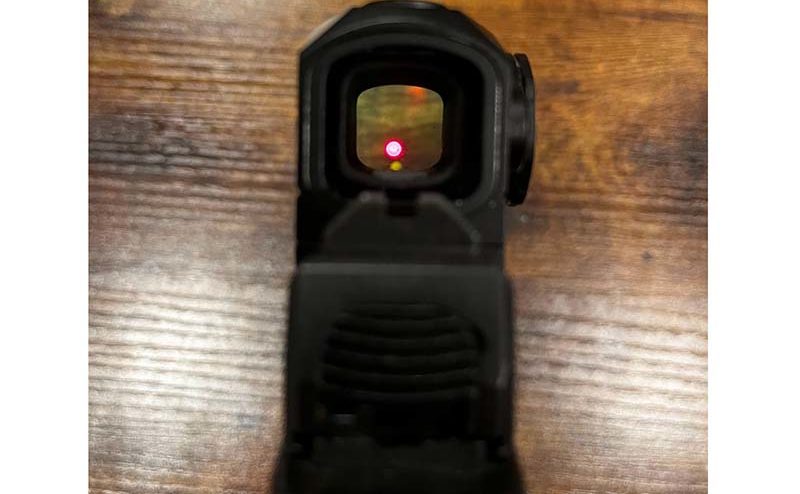


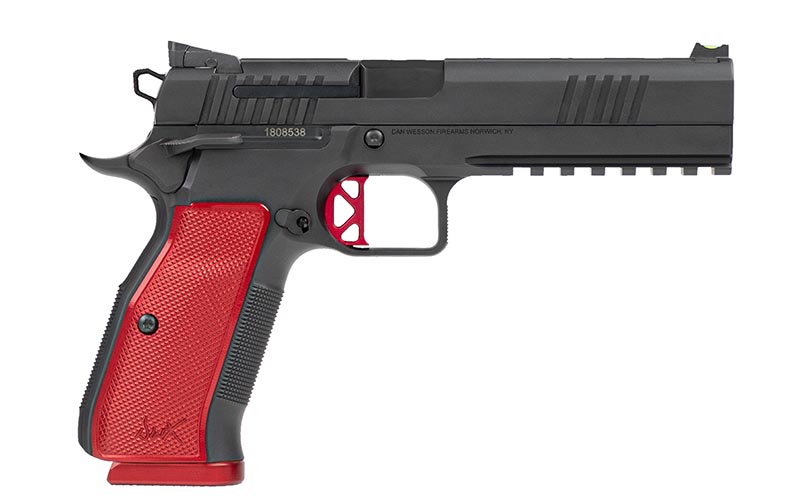
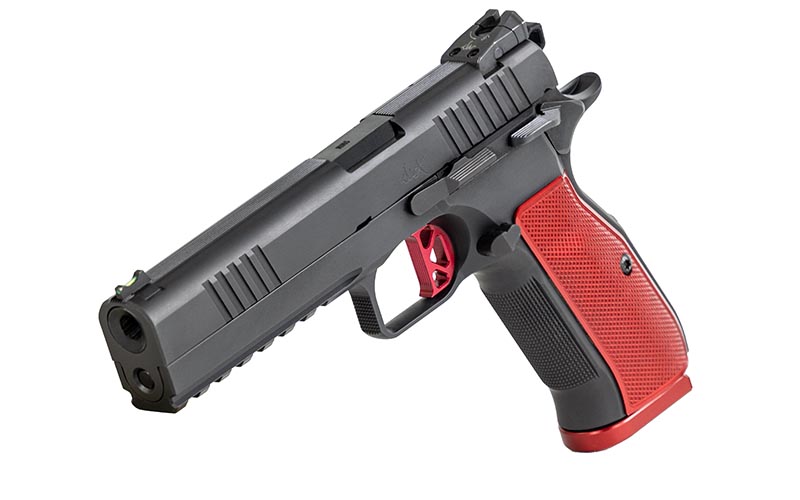
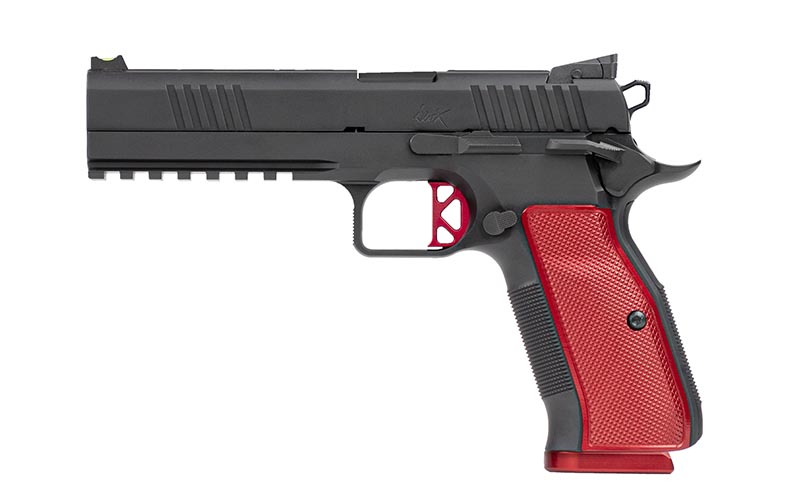
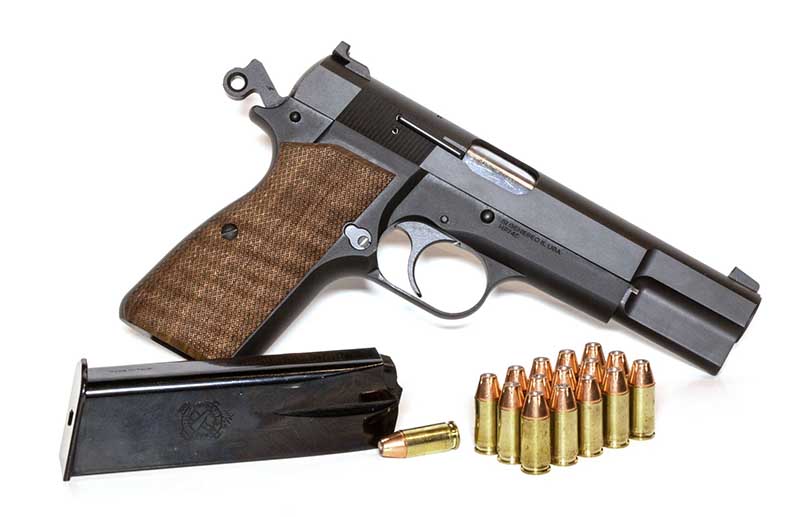

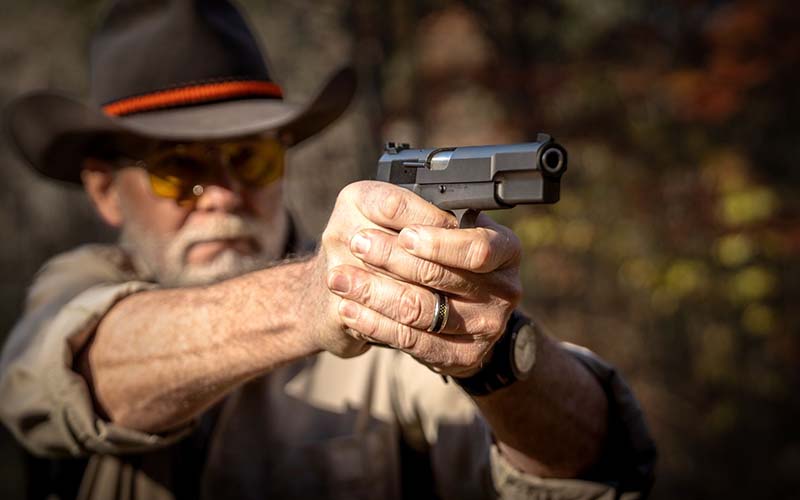
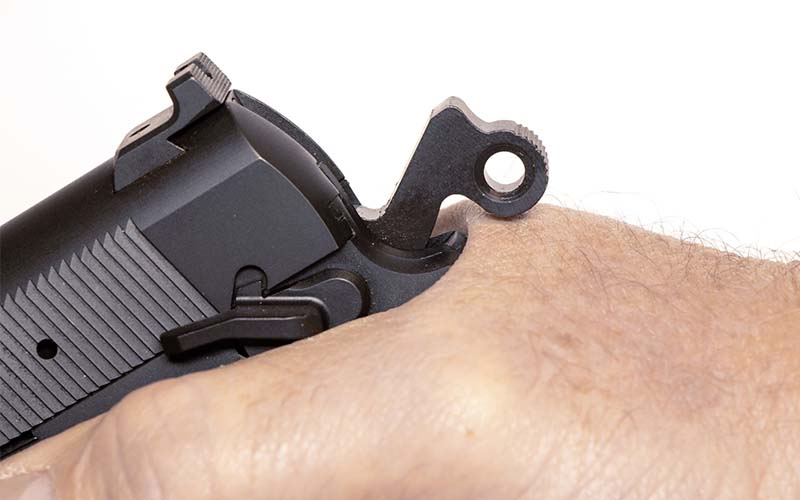
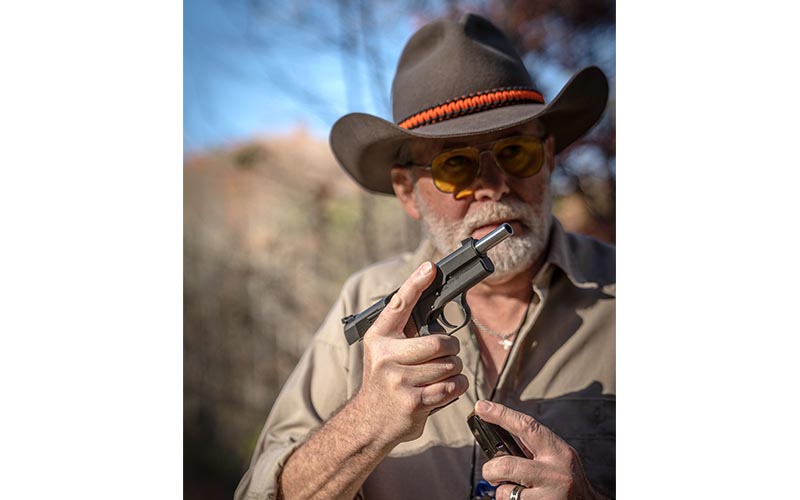
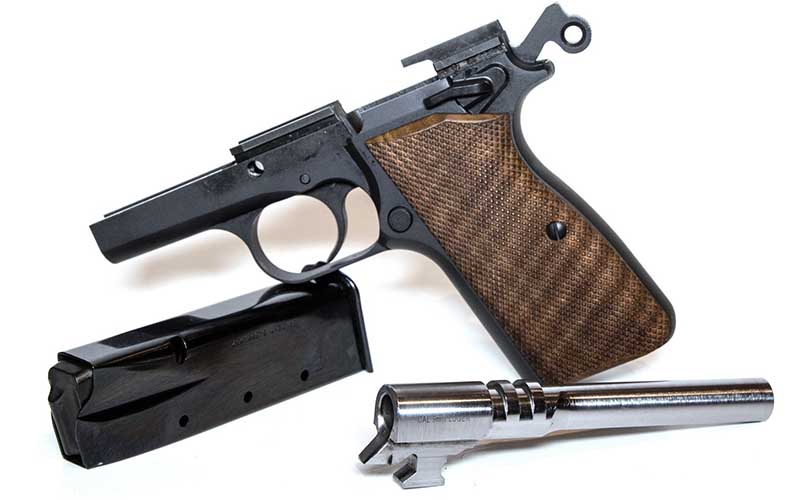
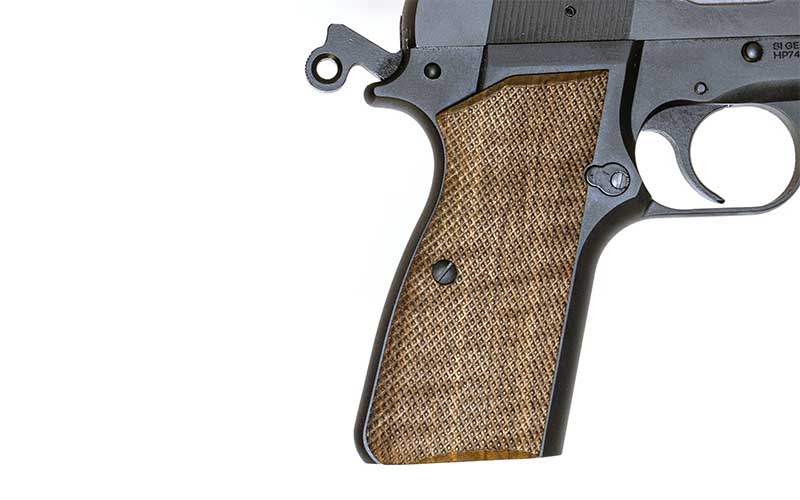

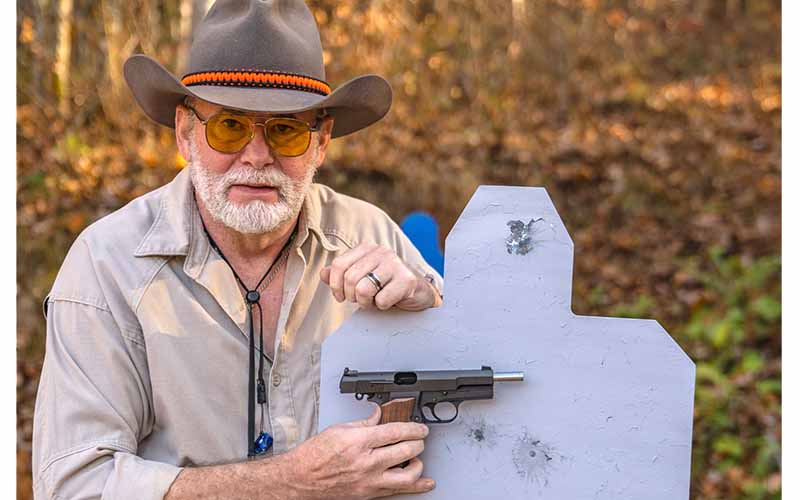


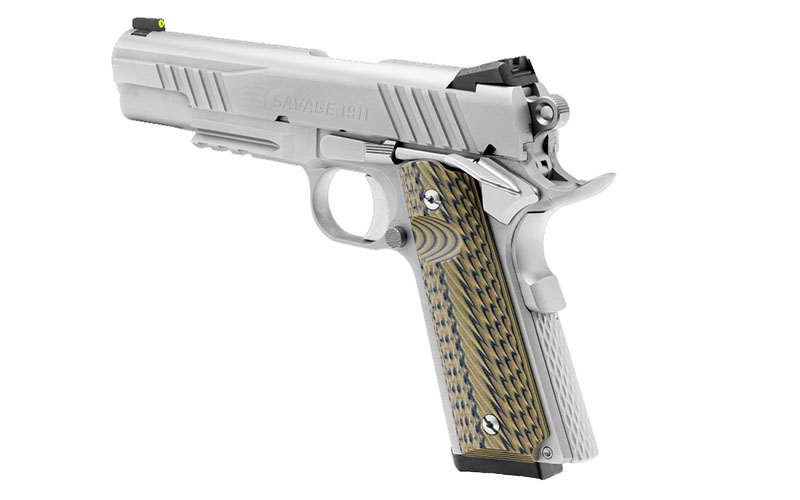
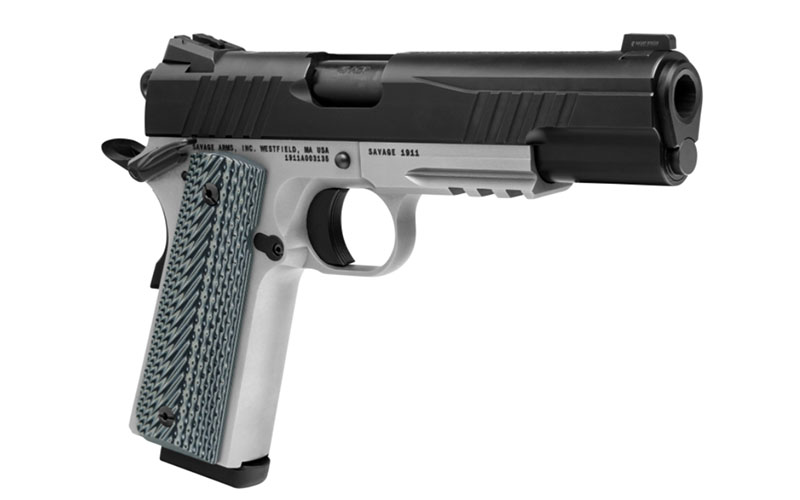
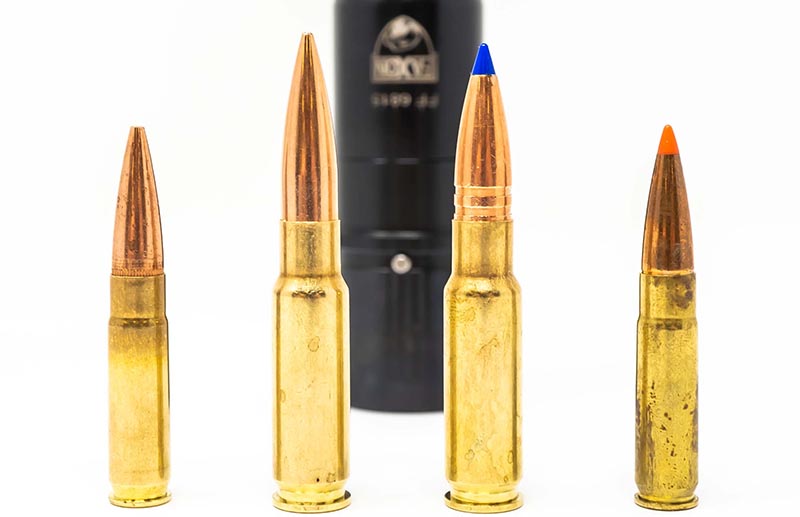

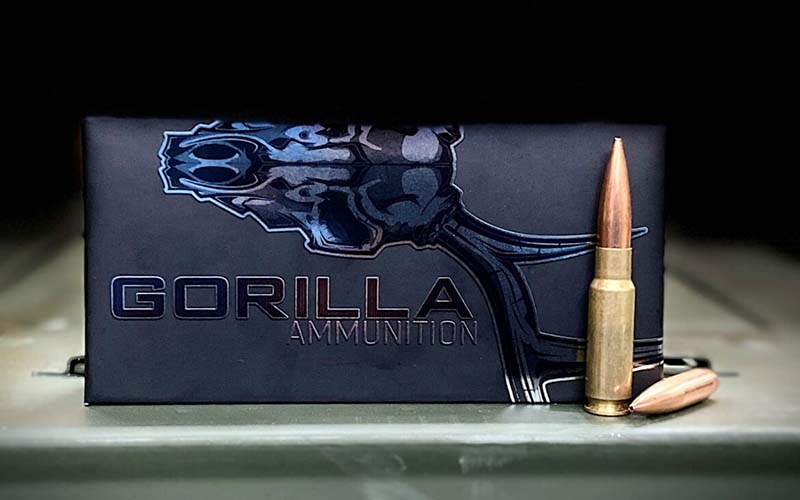
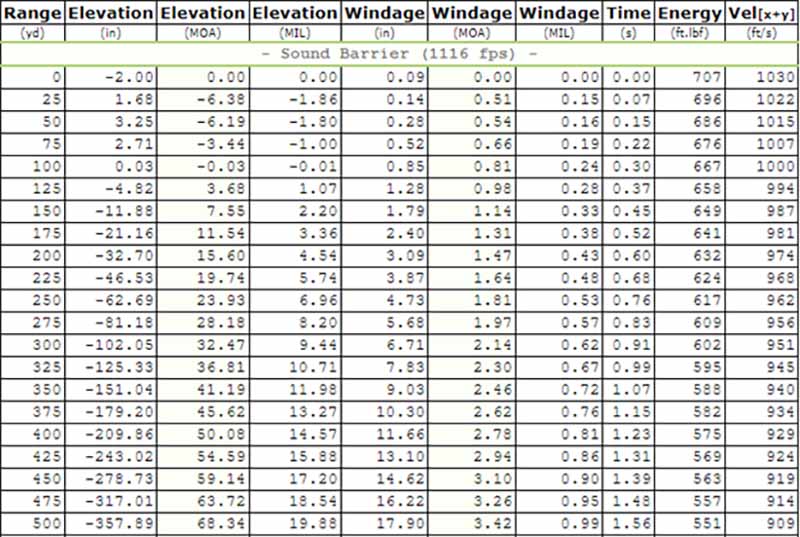
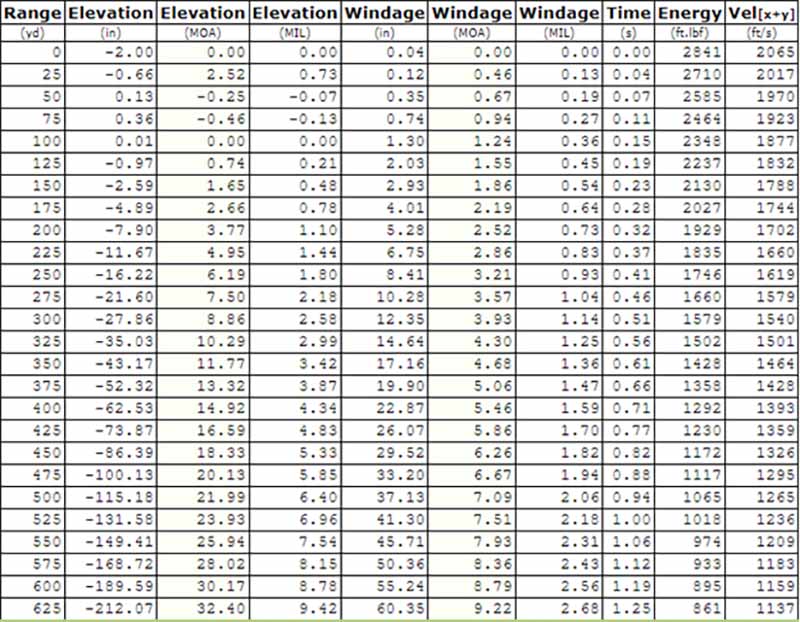
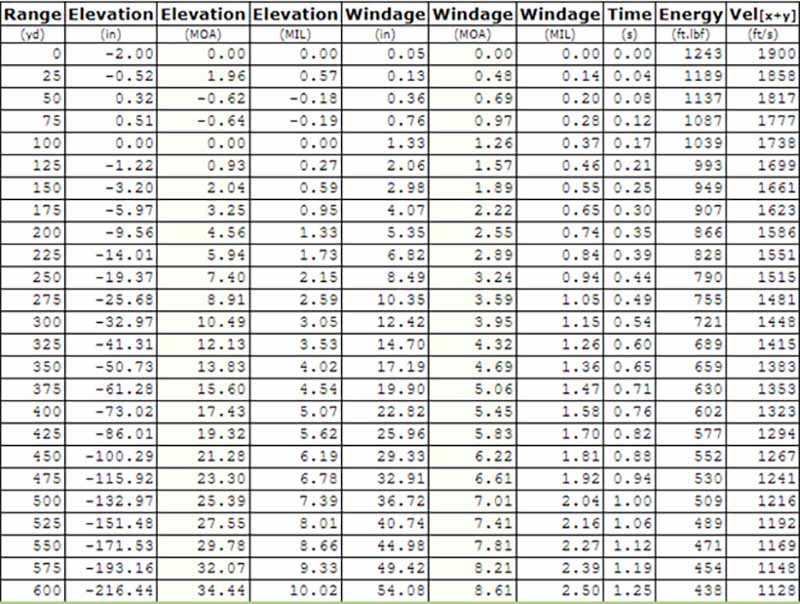

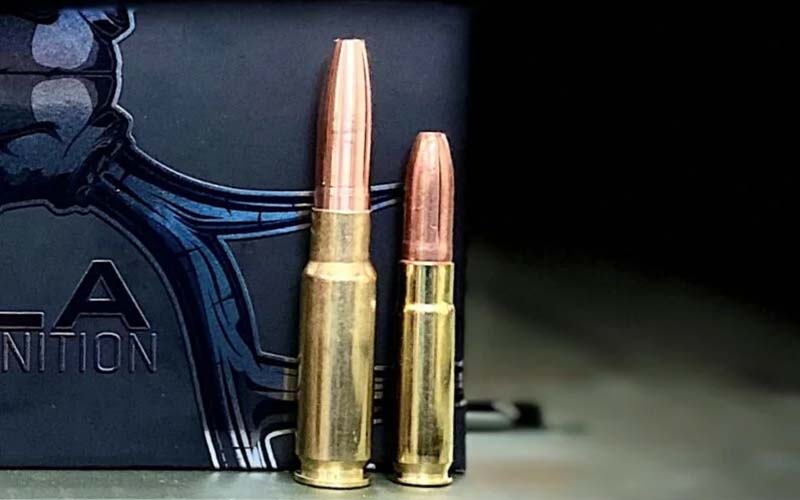
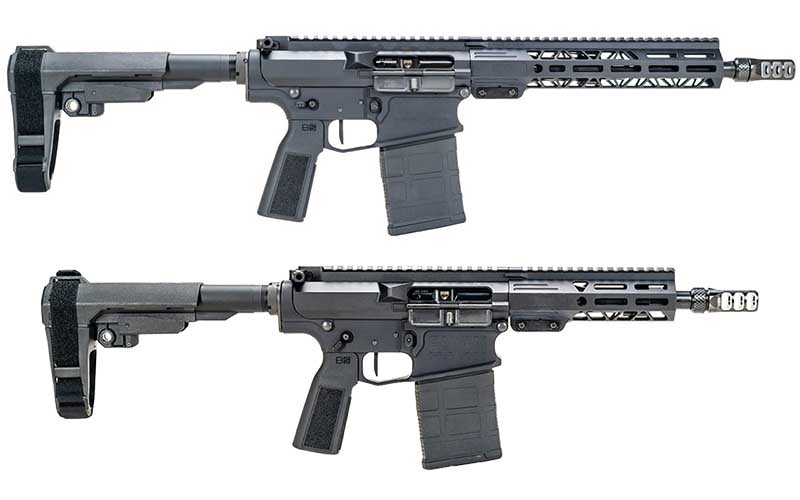
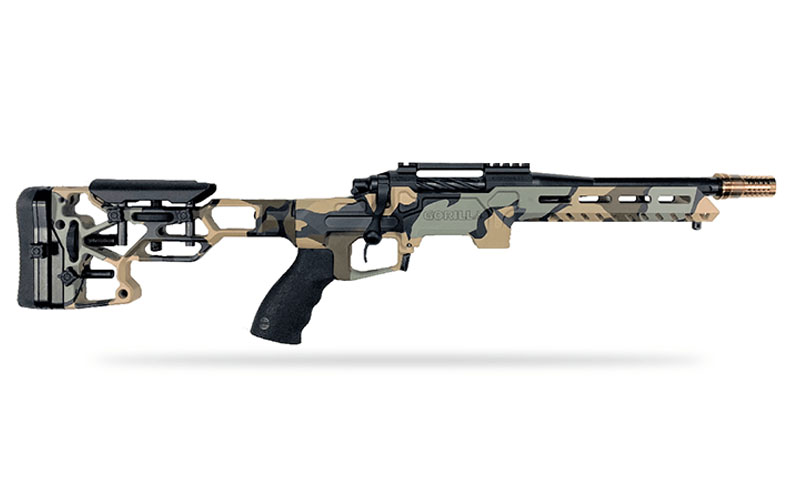
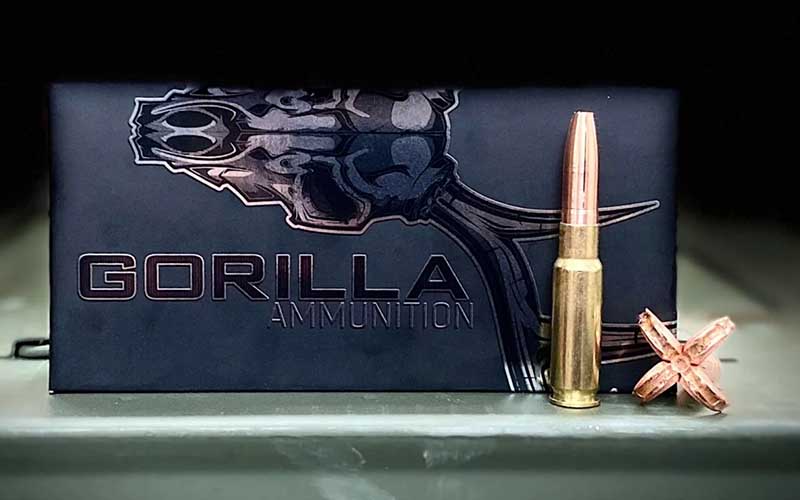
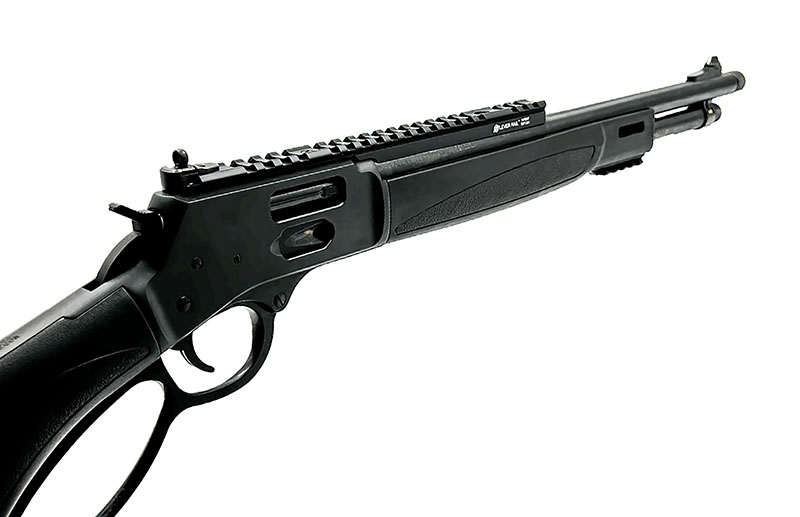
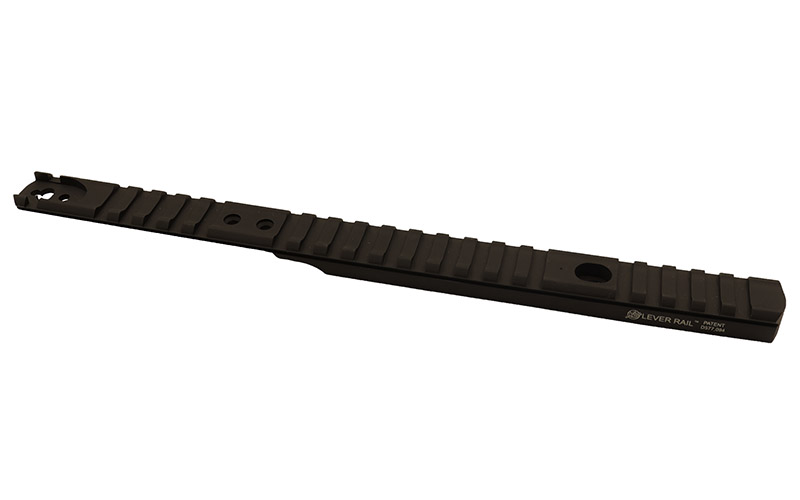
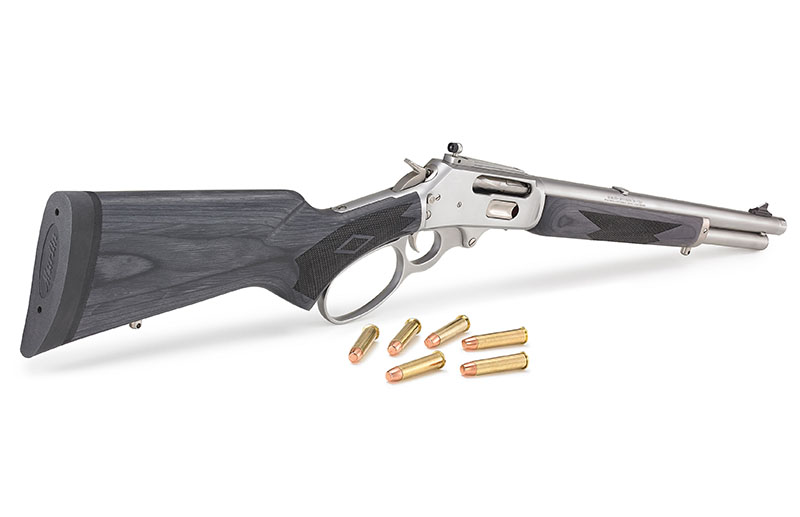

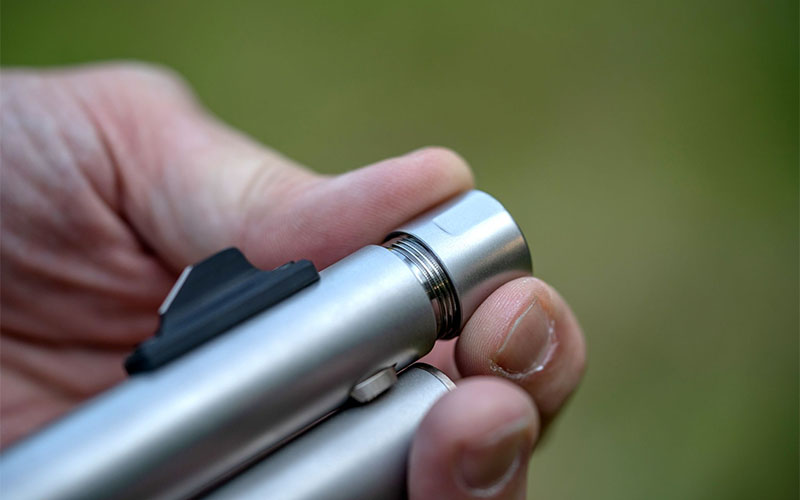
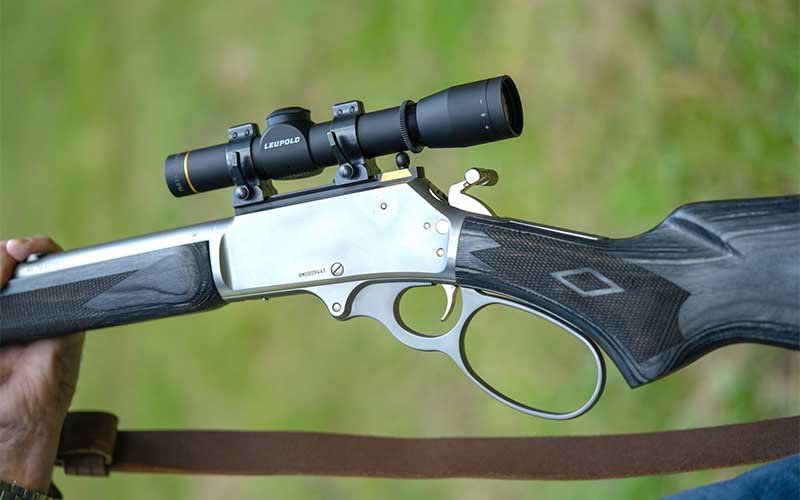
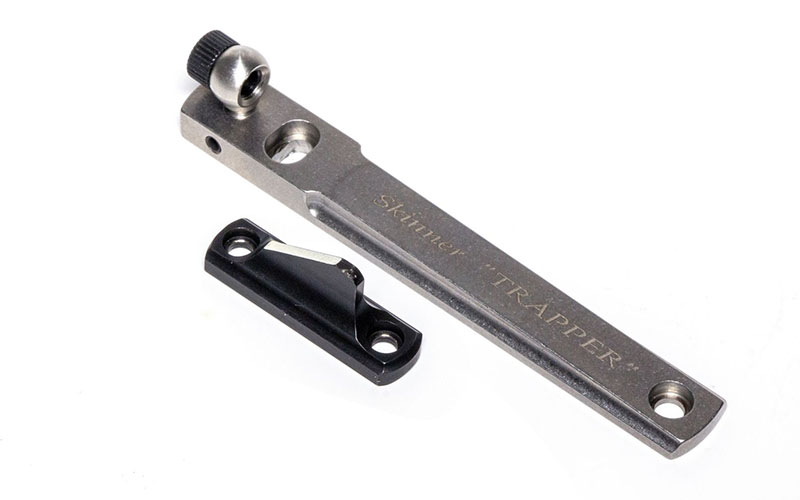
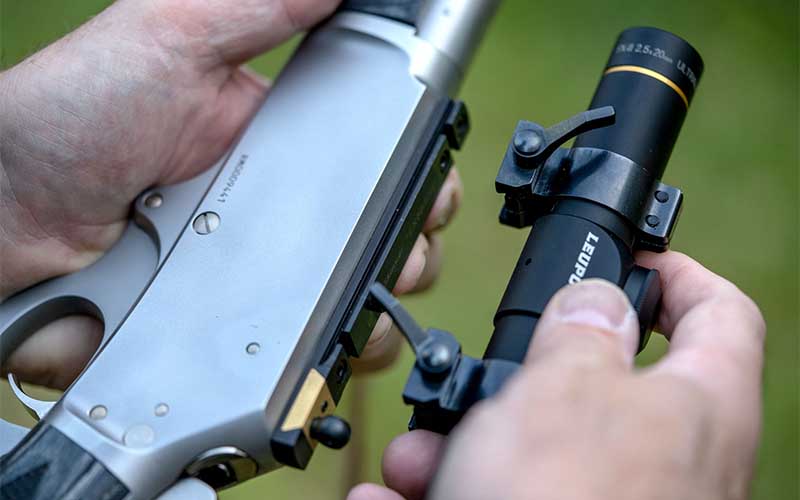

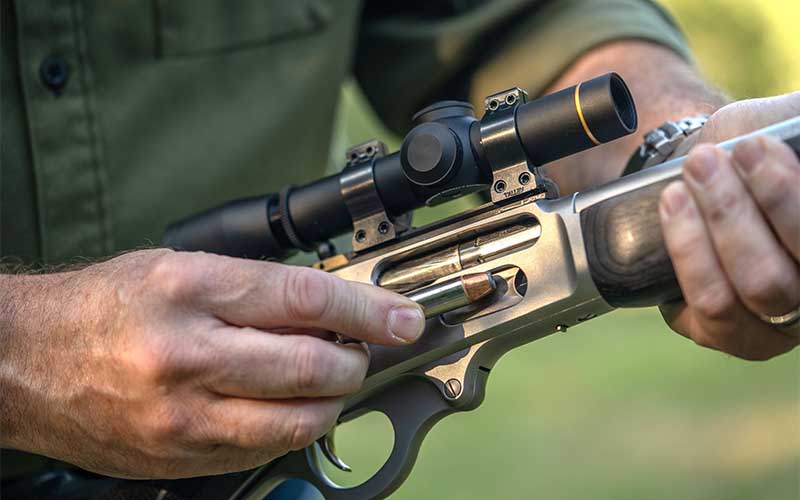
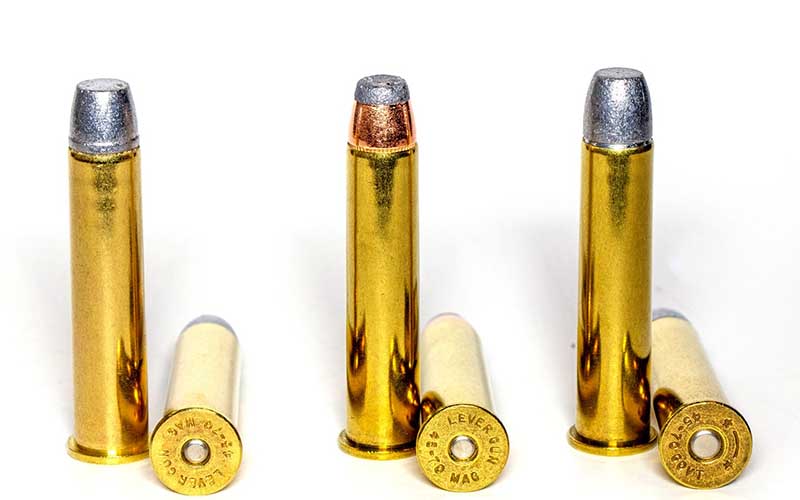
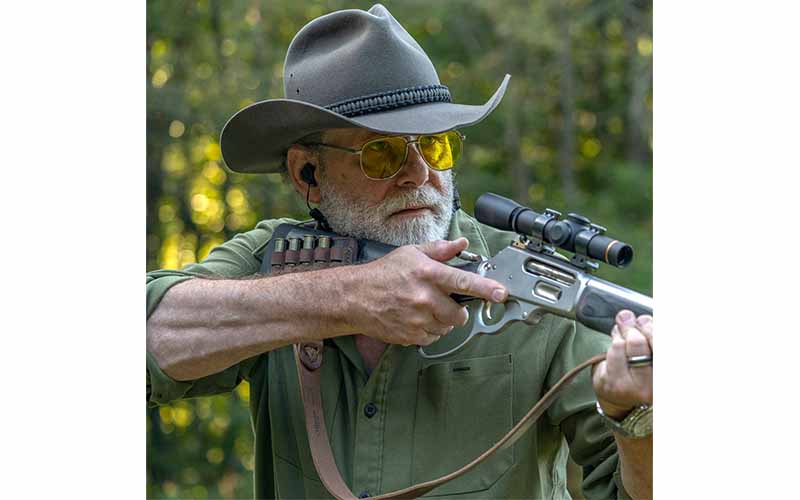

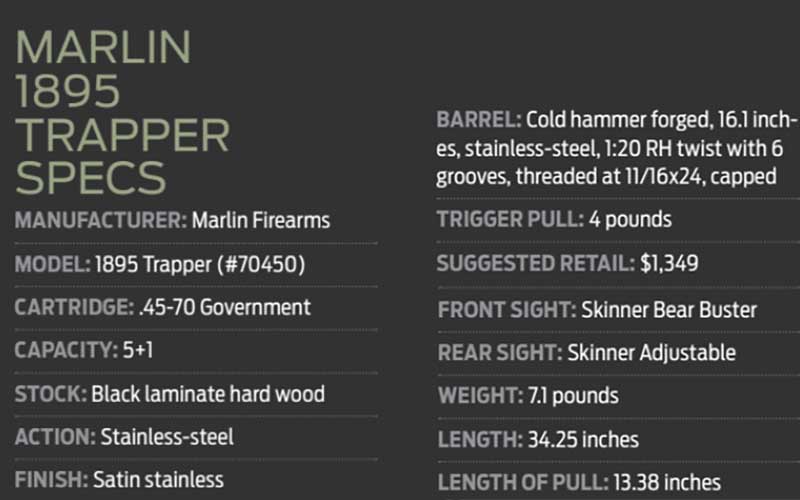
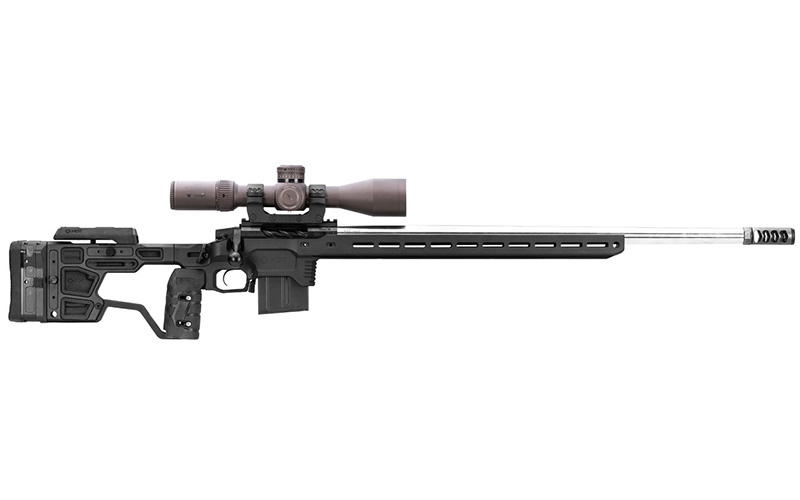
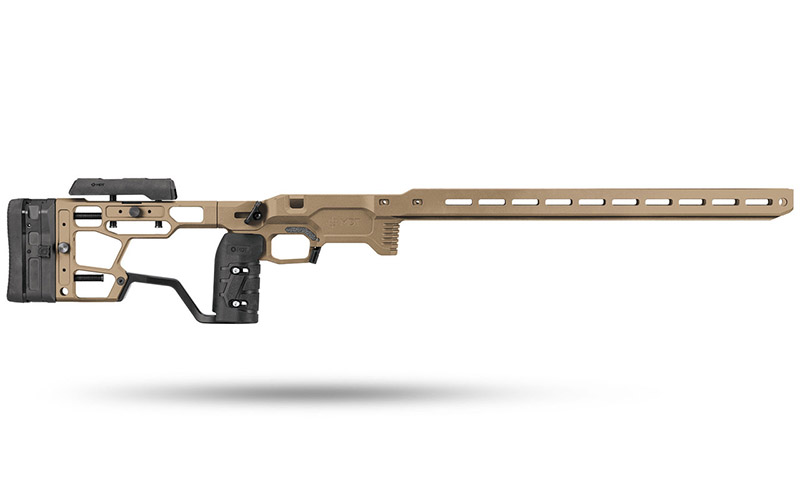

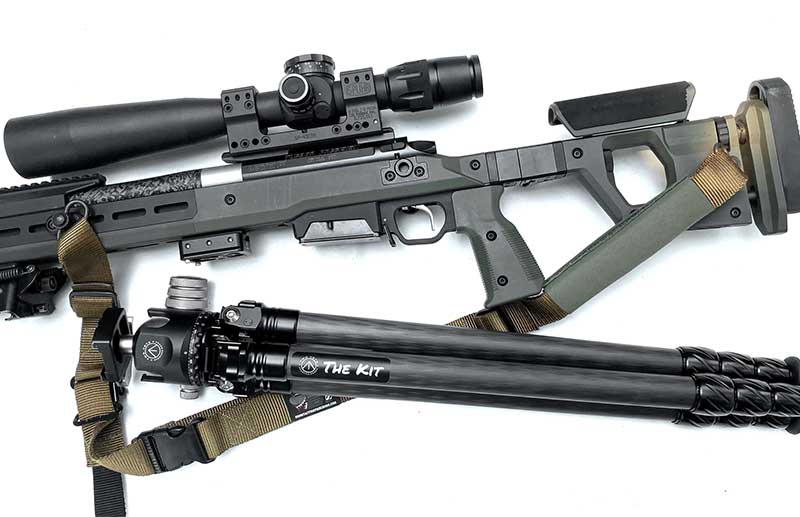
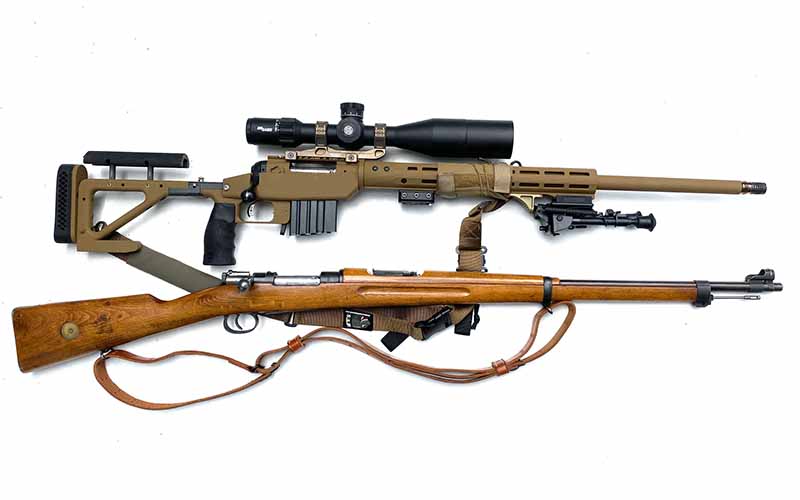
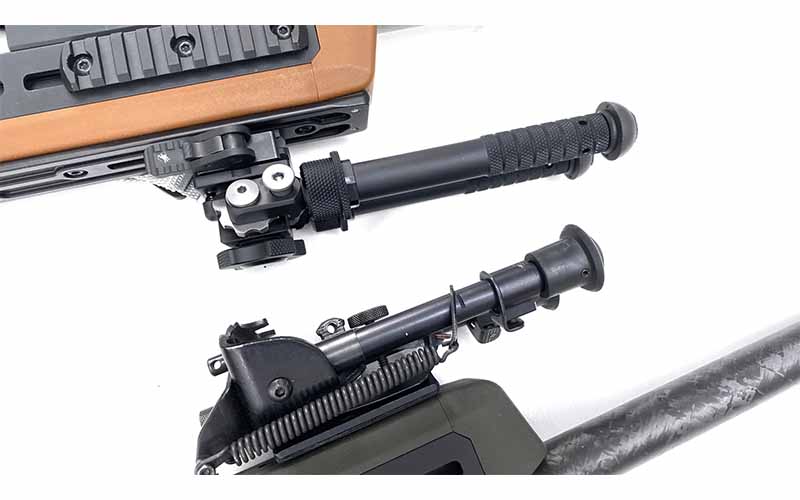
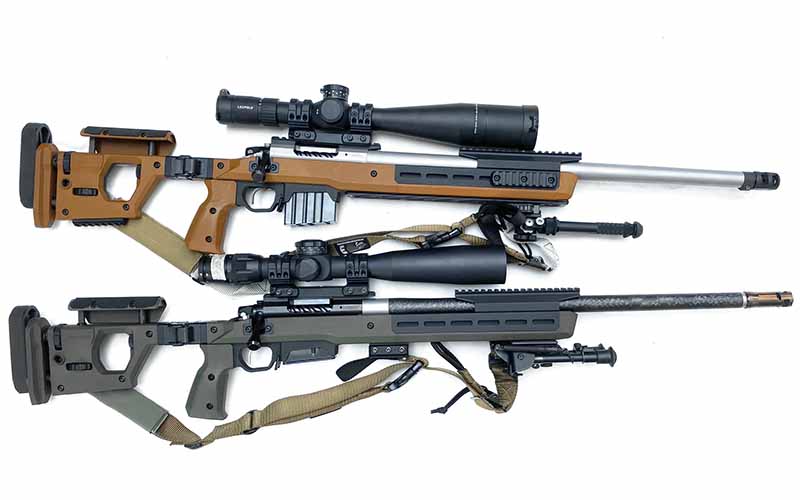
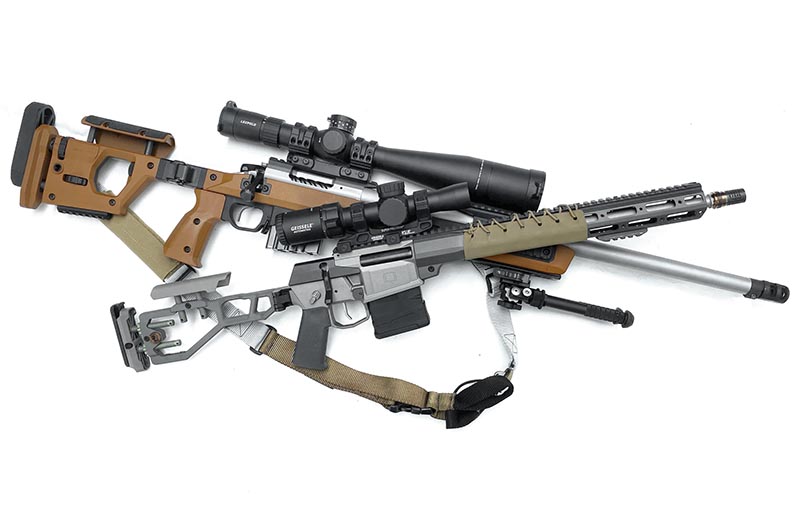
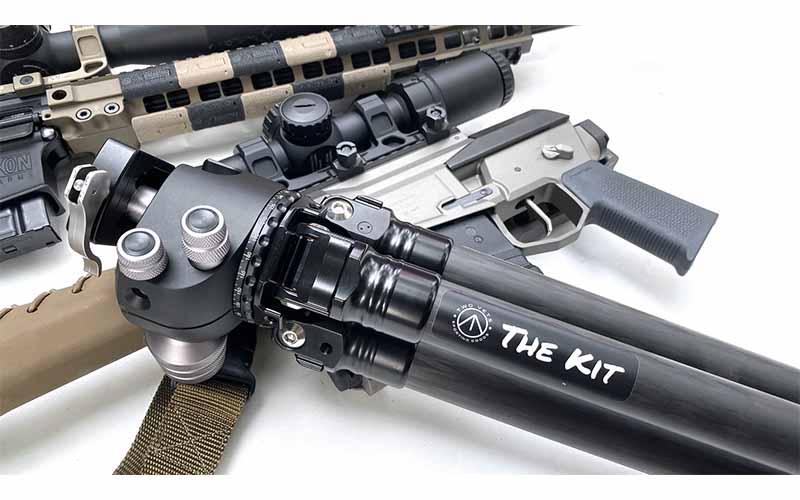
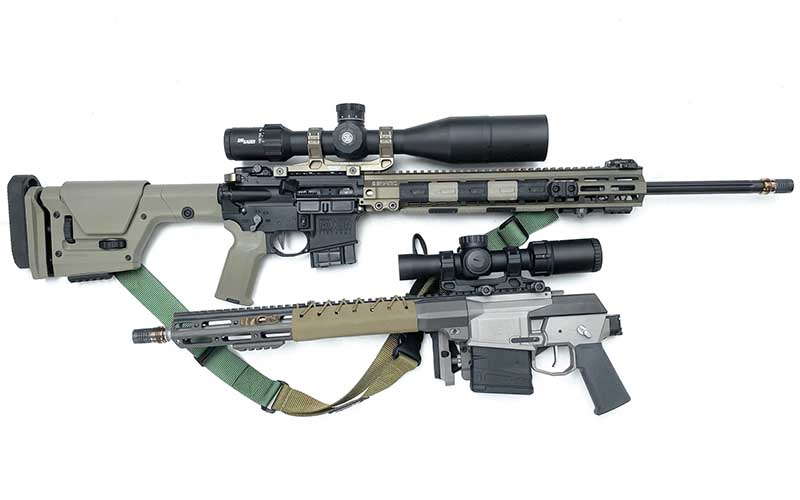
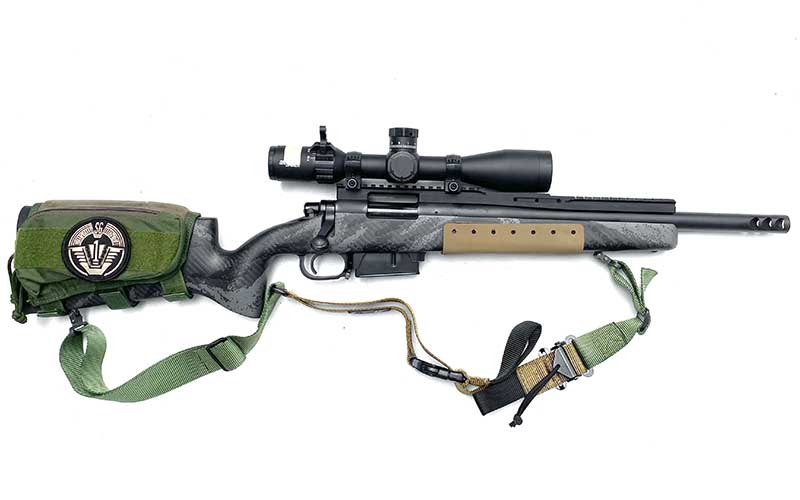
![Best Concealed Carry Guns In 2025 [Field Tested] Wilson Combat EDC X9S 1](https://gundigest.com/wp-content/uploads/Wilson-Combat-EDC-X9S-1-324x160.jpg)


![Best 9mm Carbine: Affordable PCCs [Tested] Ruger Carbine Shooting](https://gundigest.com/wp-content/uploads/Ruger-Carbine-Shooting-100x70.jpg)
![Best AR-15: Top Options Available Today [Field Tested] Harrington and Richardson PSA XM177E2 feature](https://gundigest.com/wp-content/uploads/Harrington-and-Richardson-PSA-XM177E2-feature-100x70.jpg)
